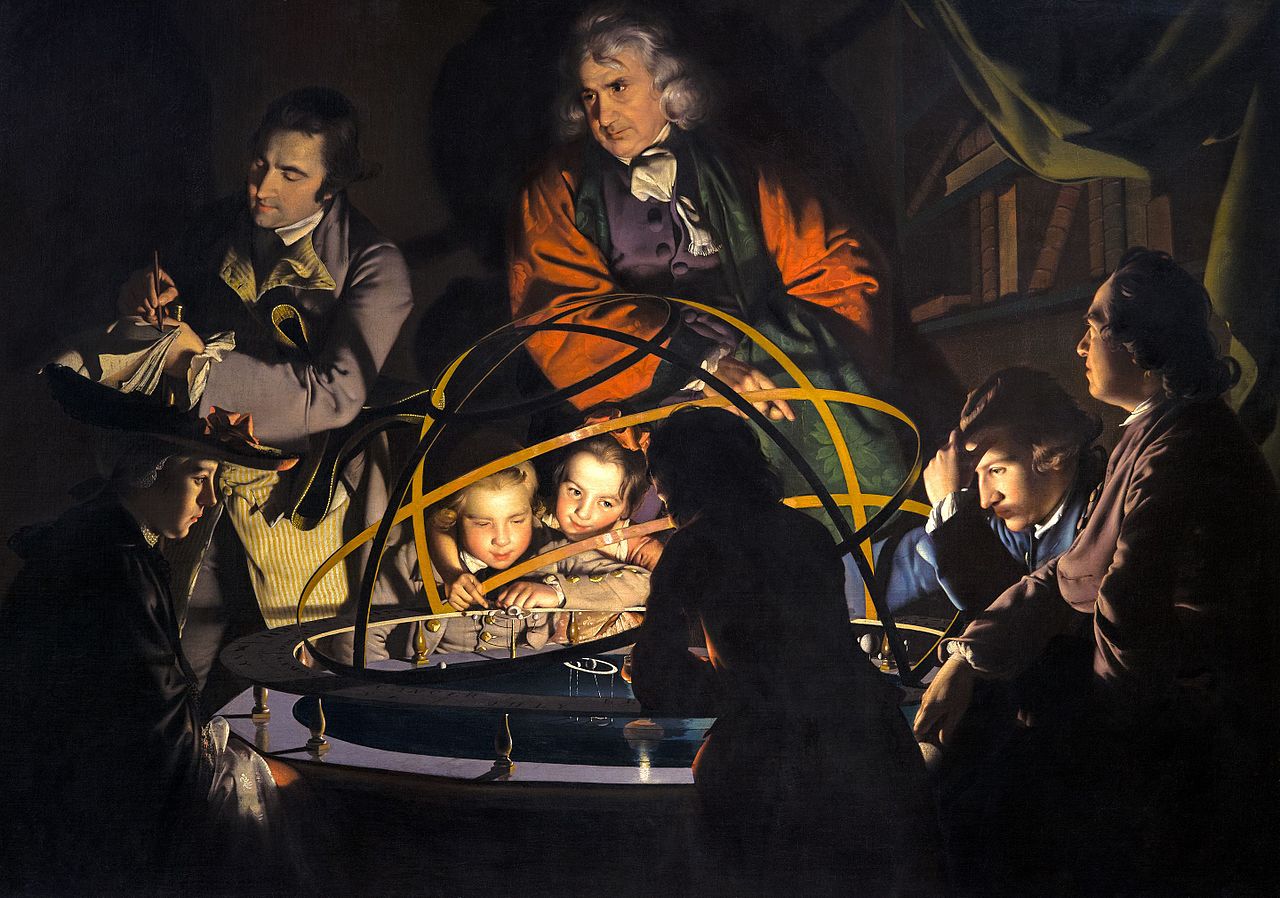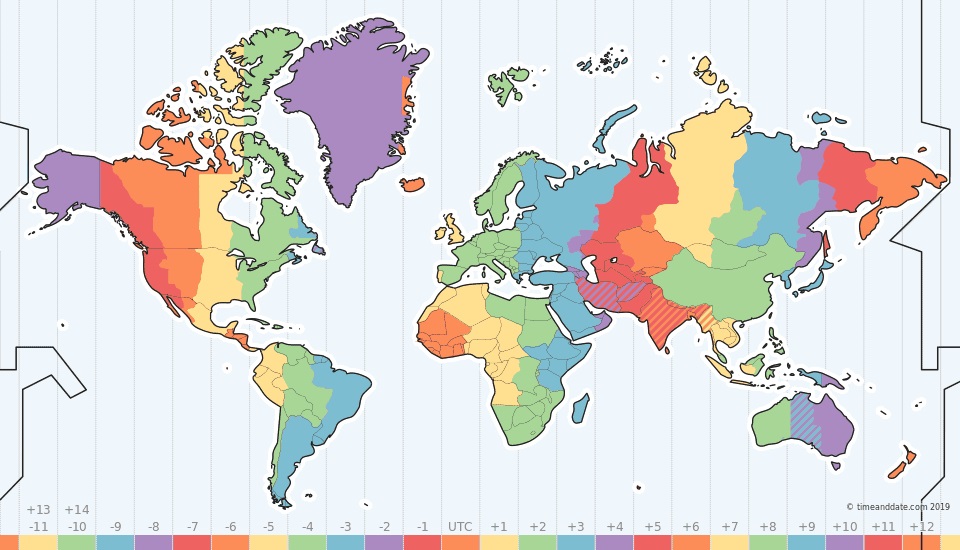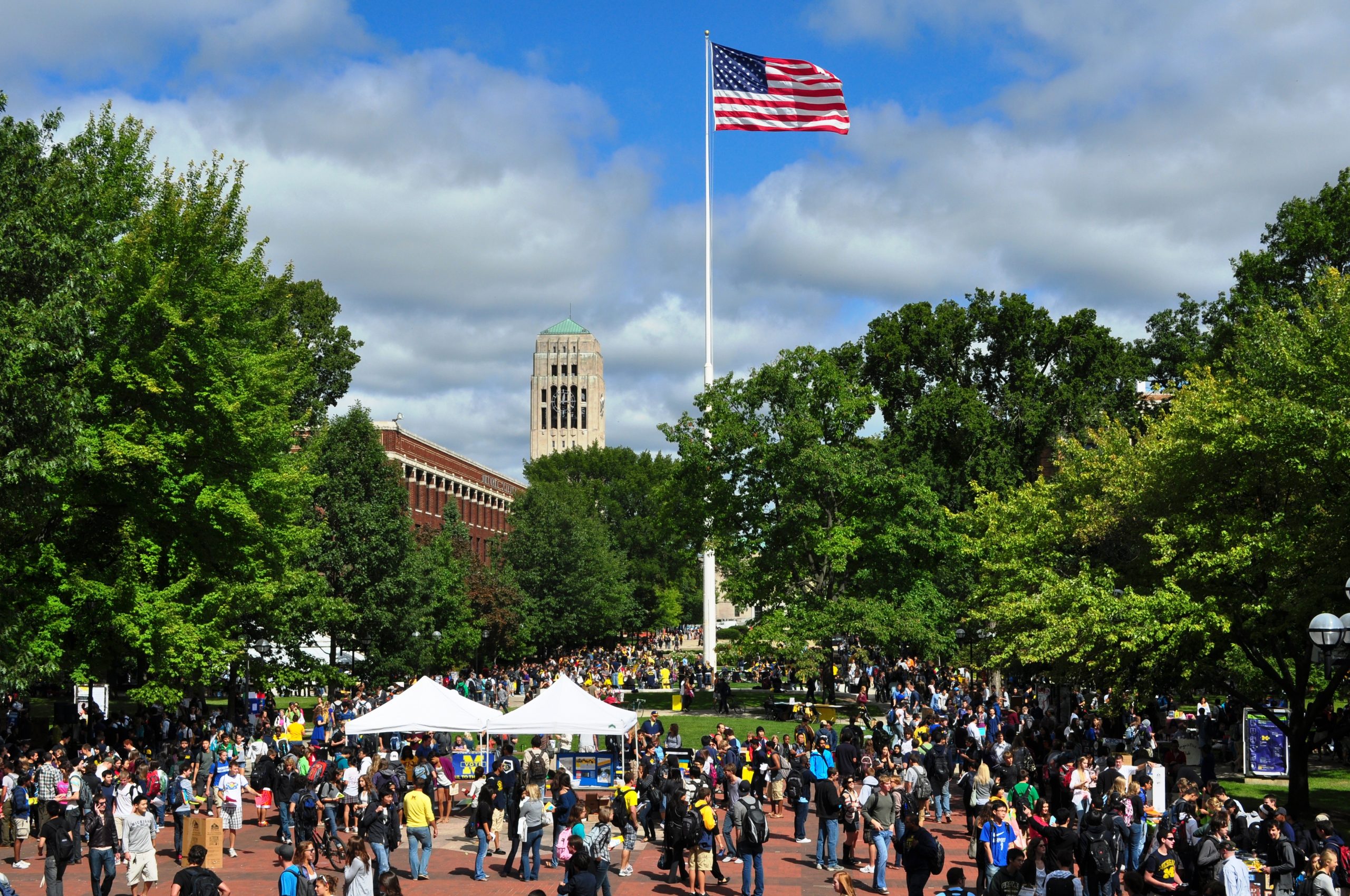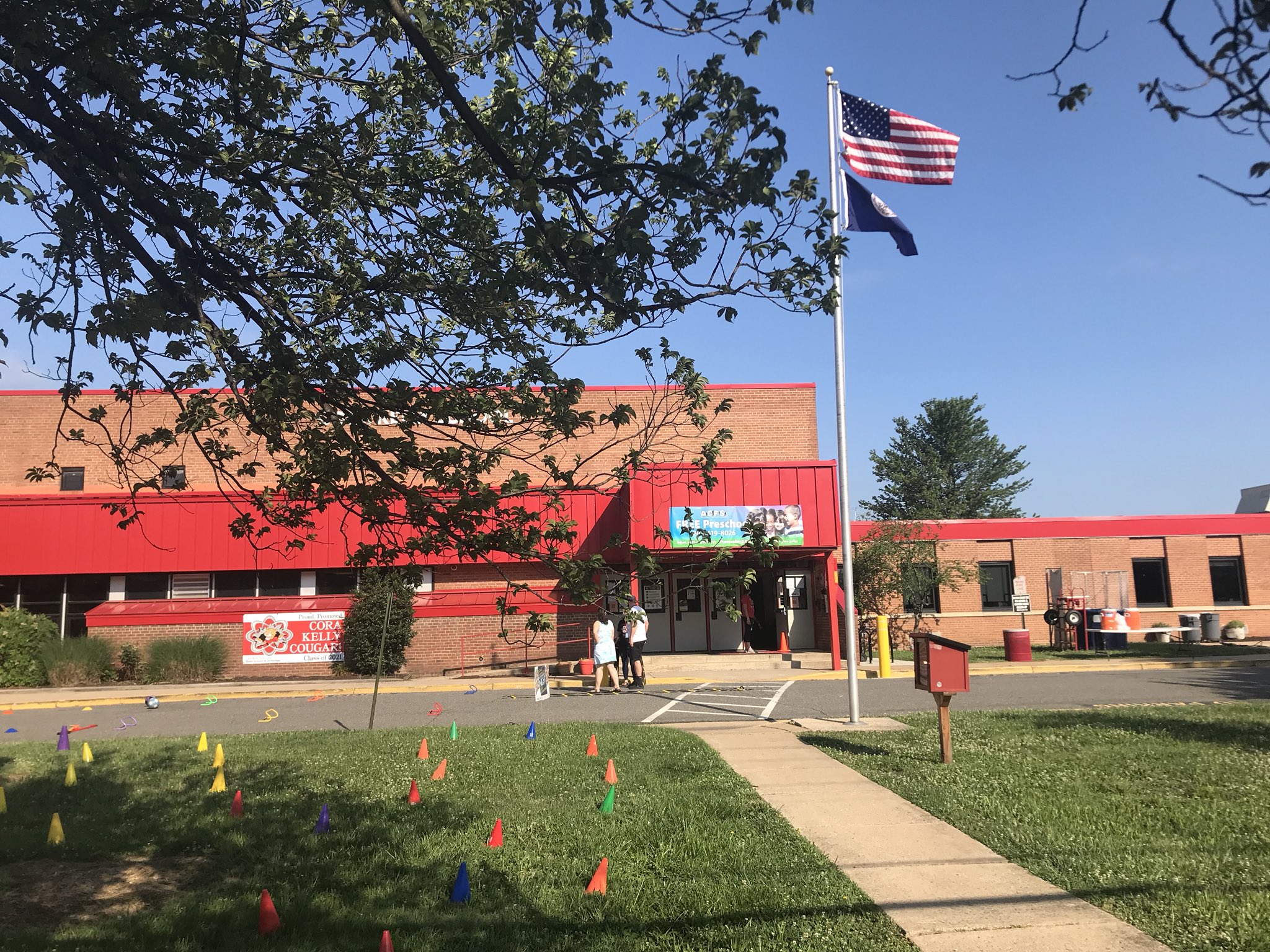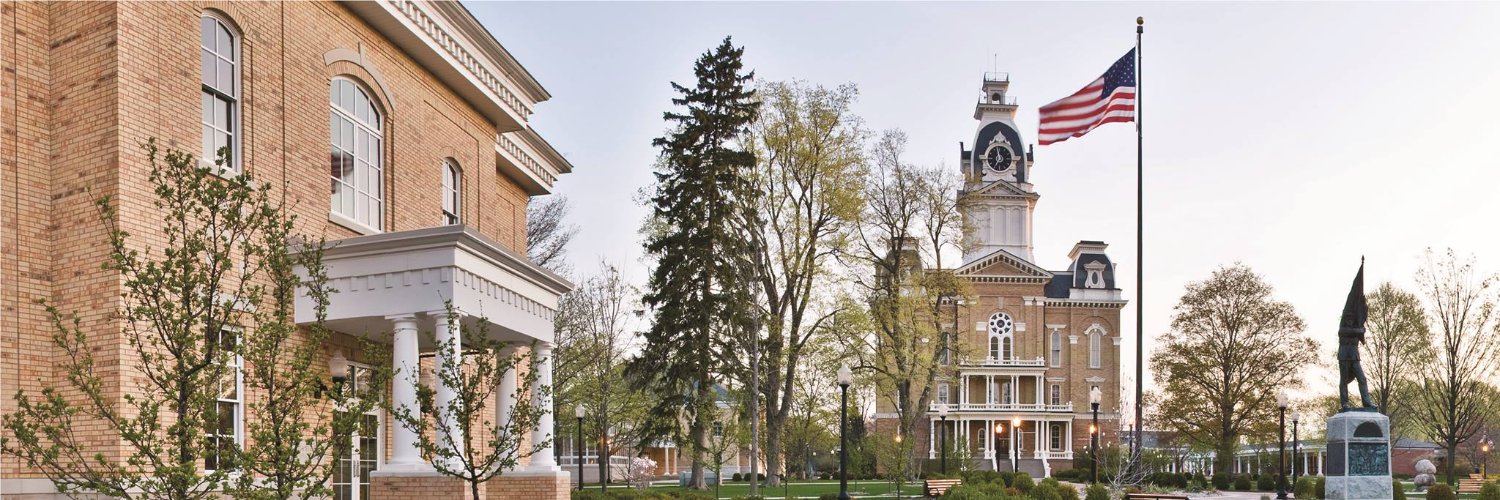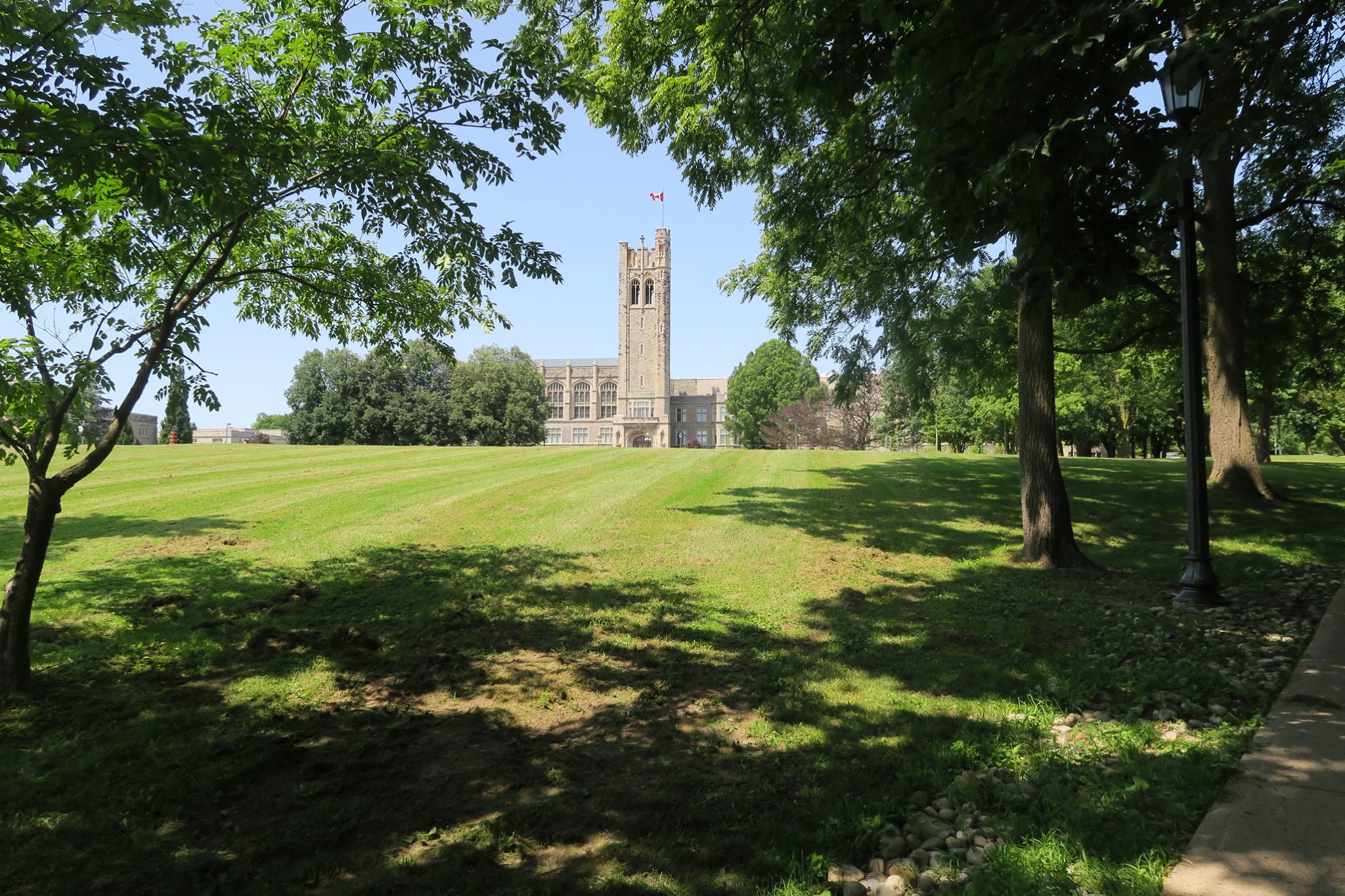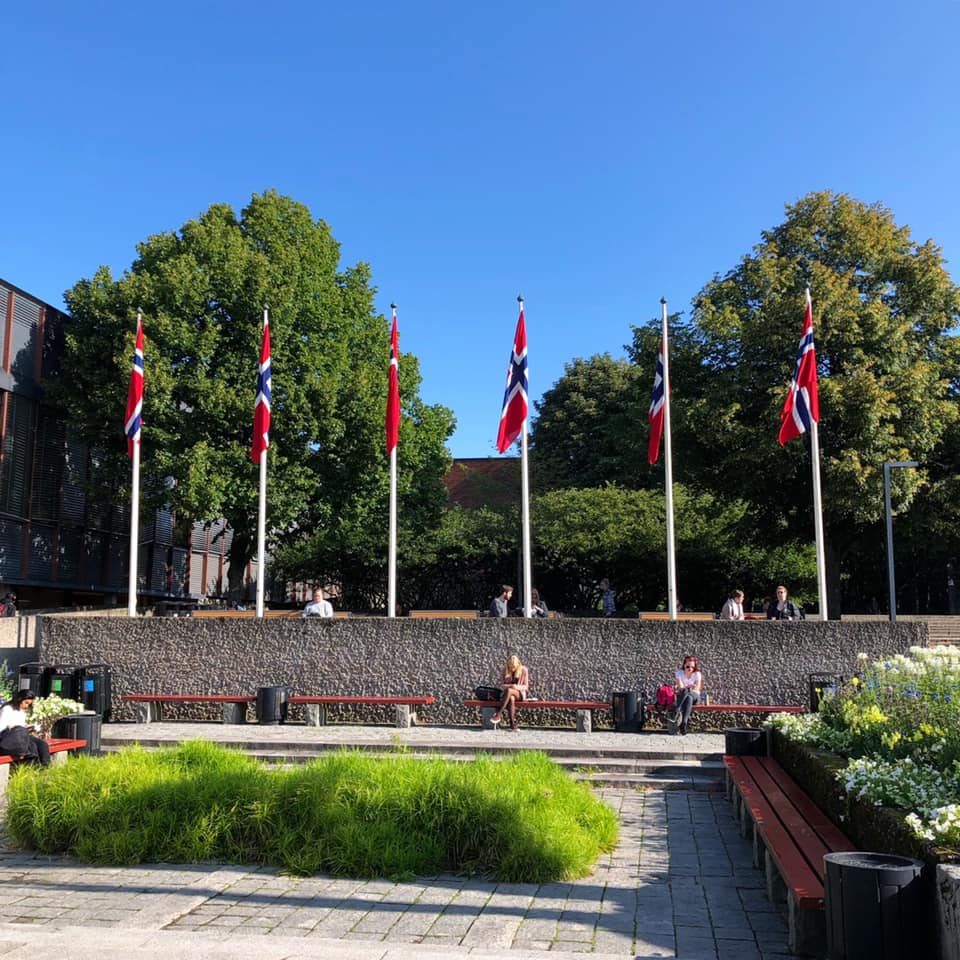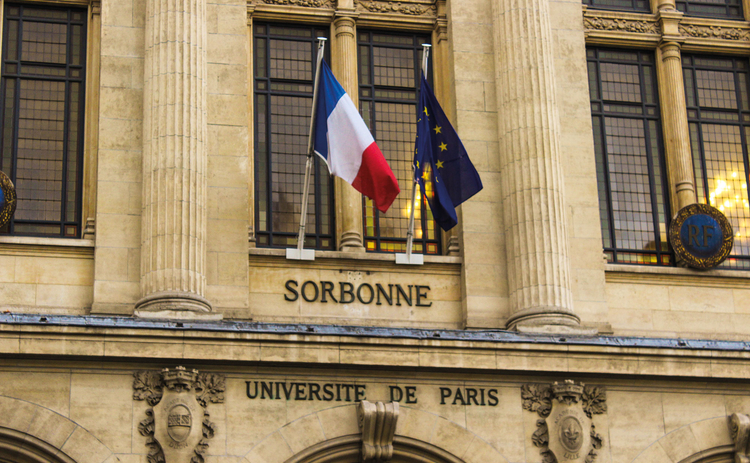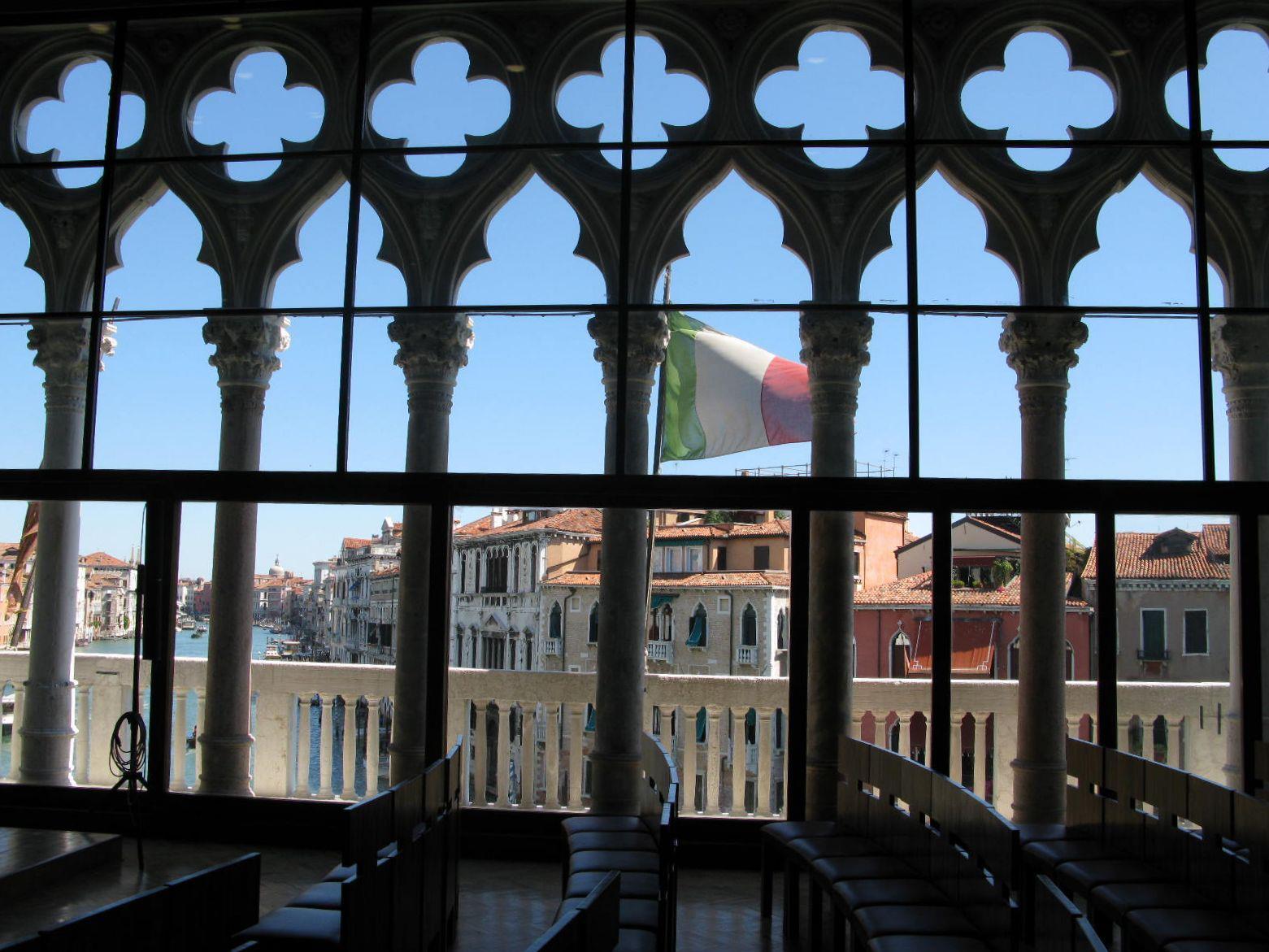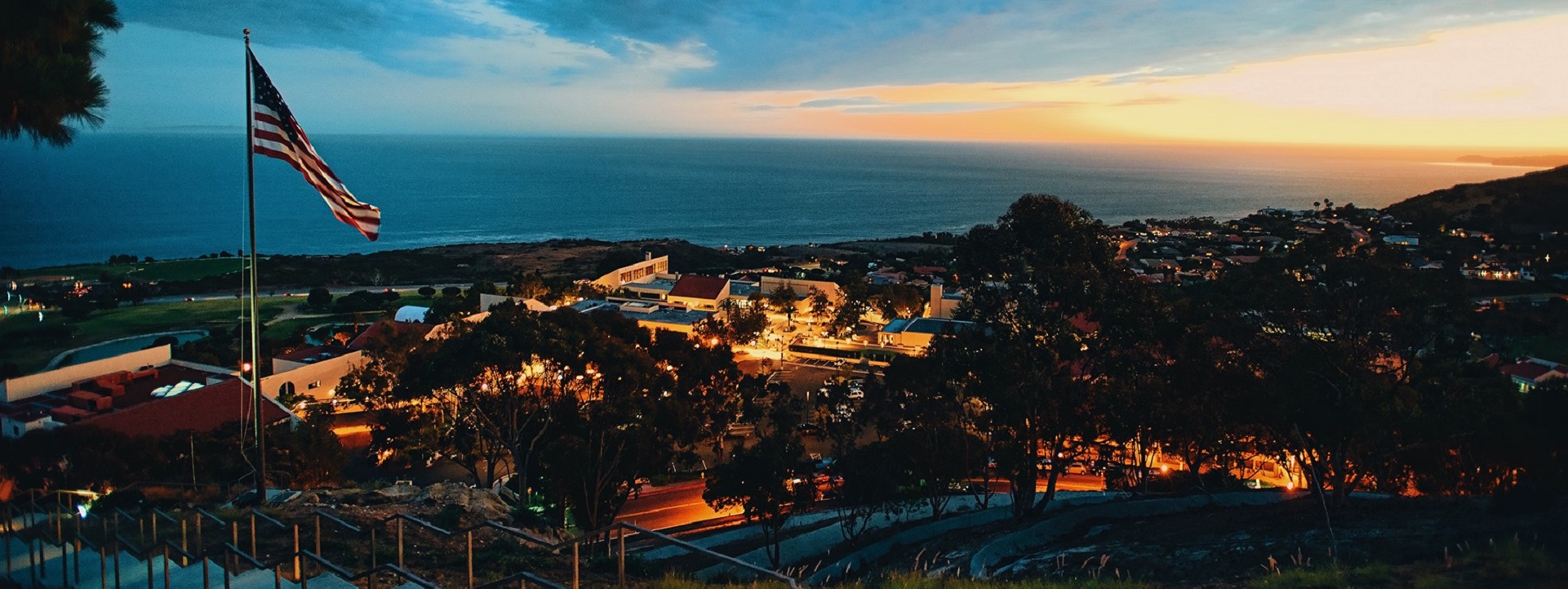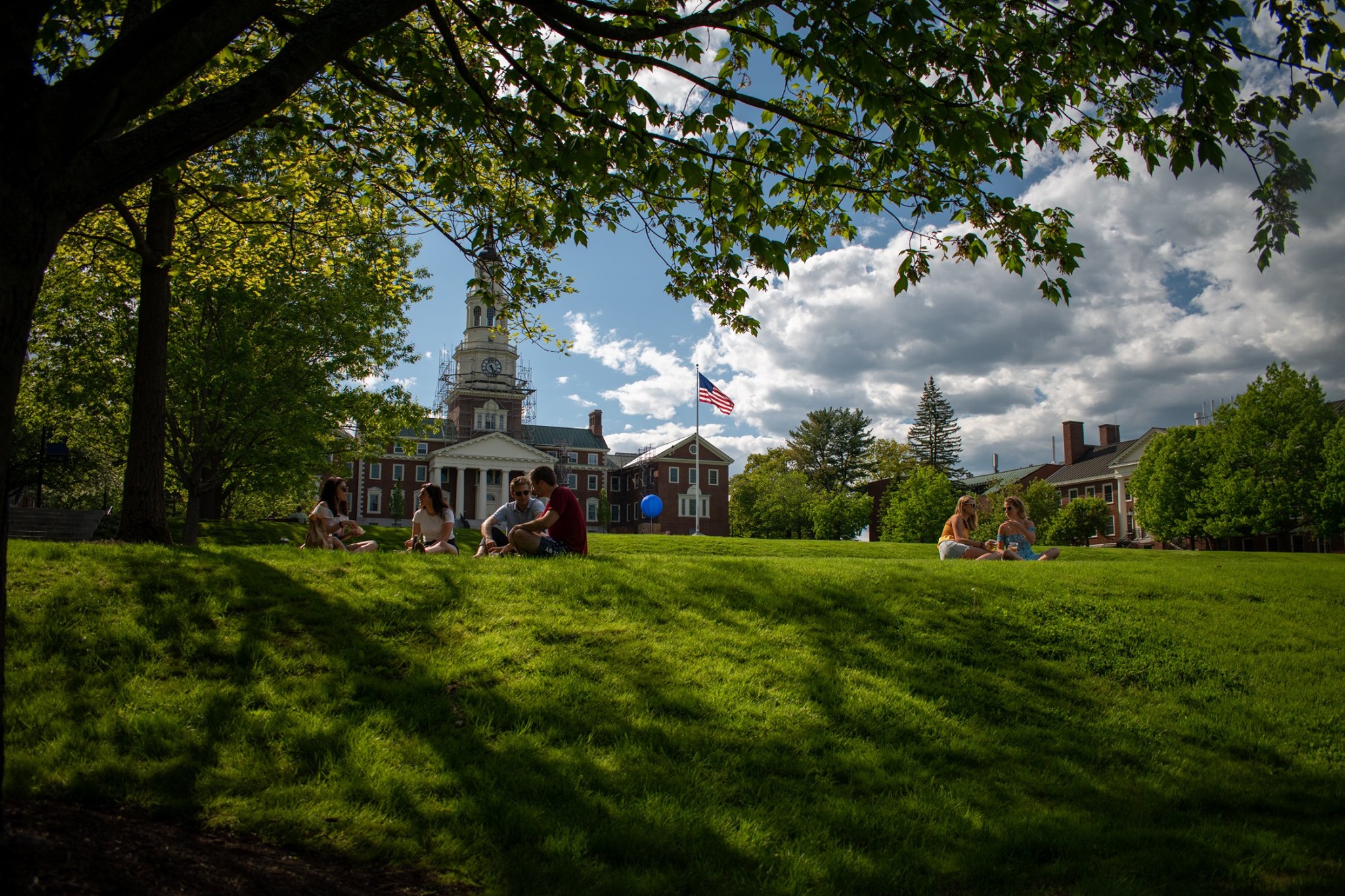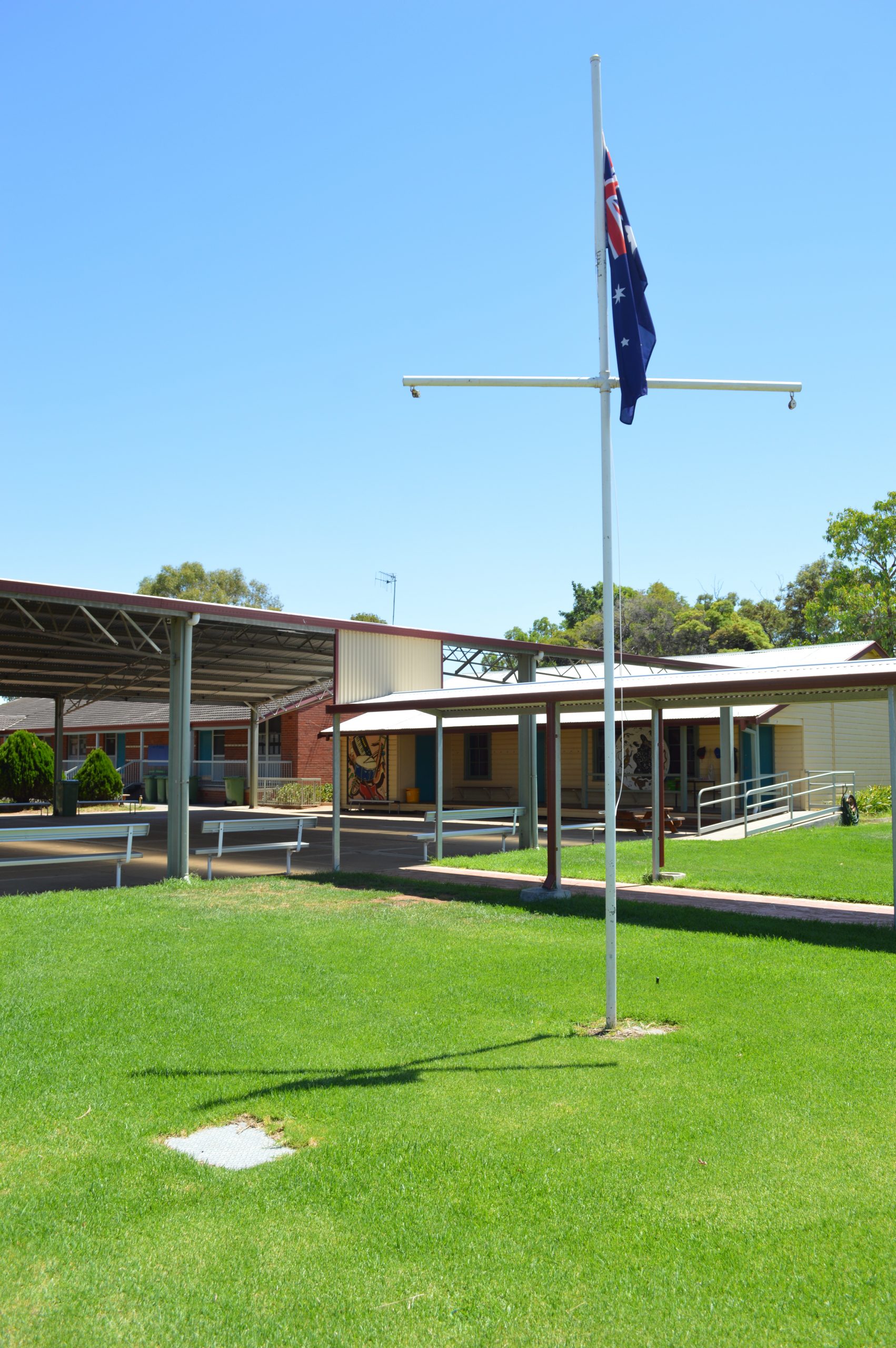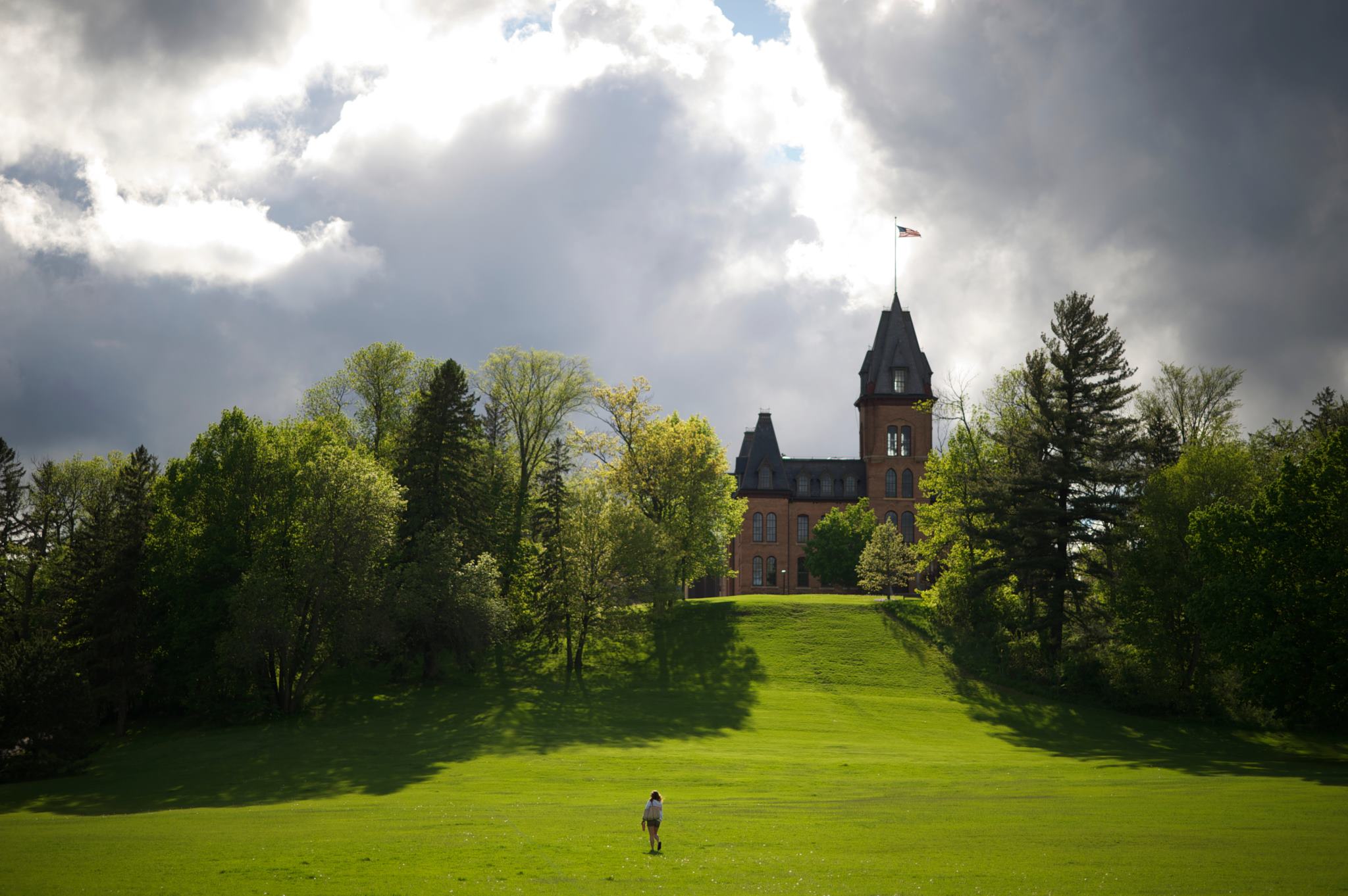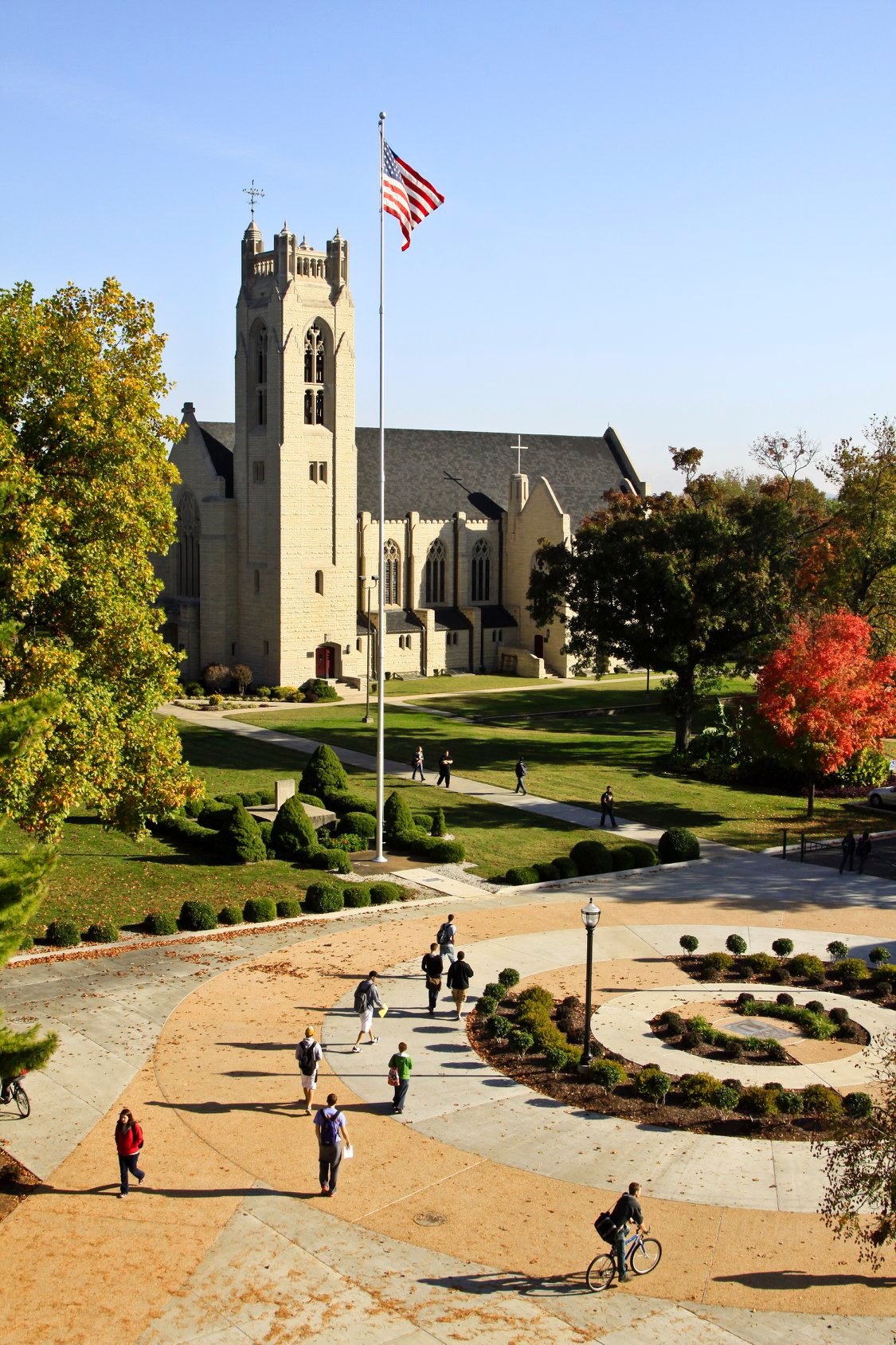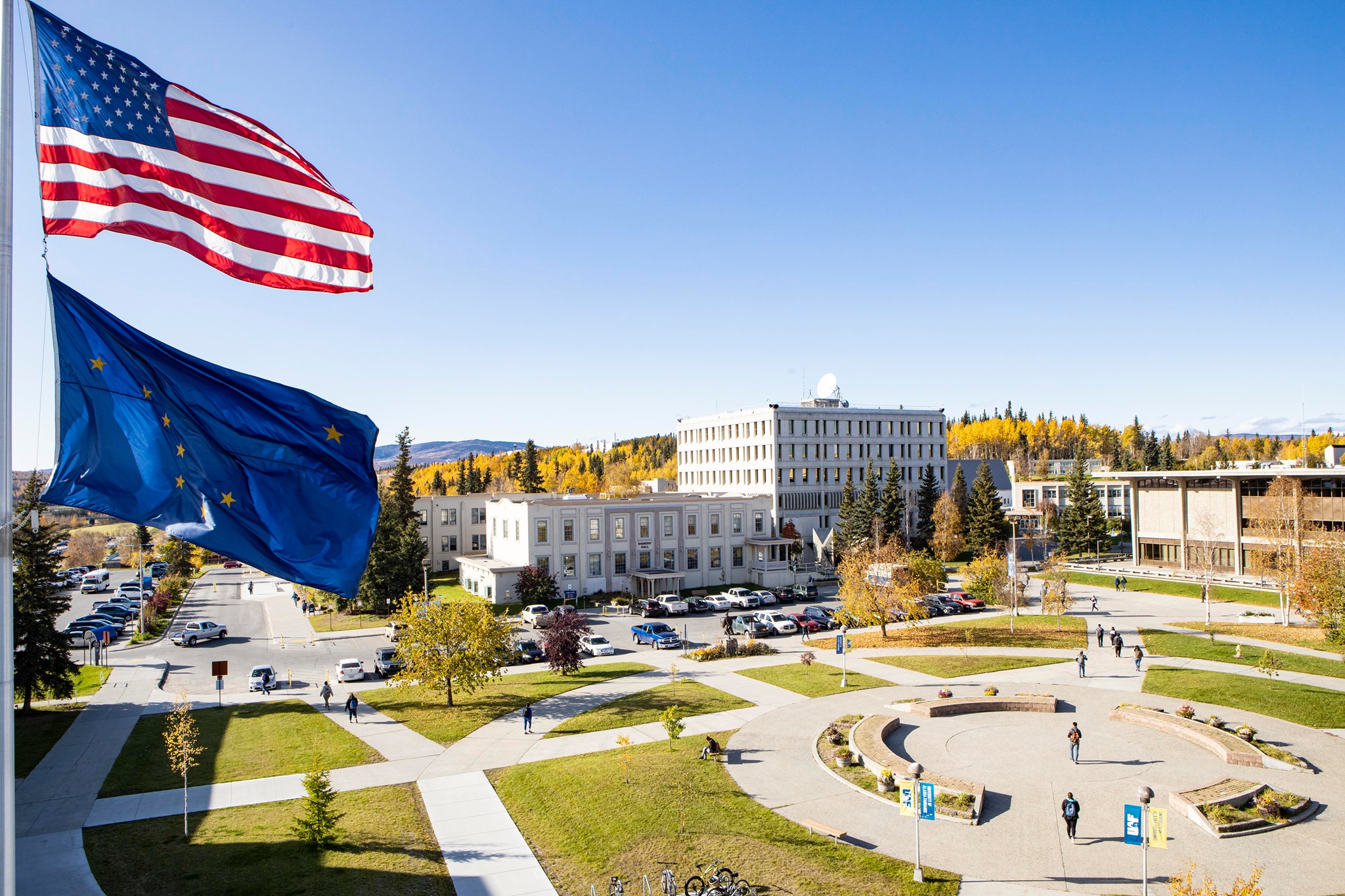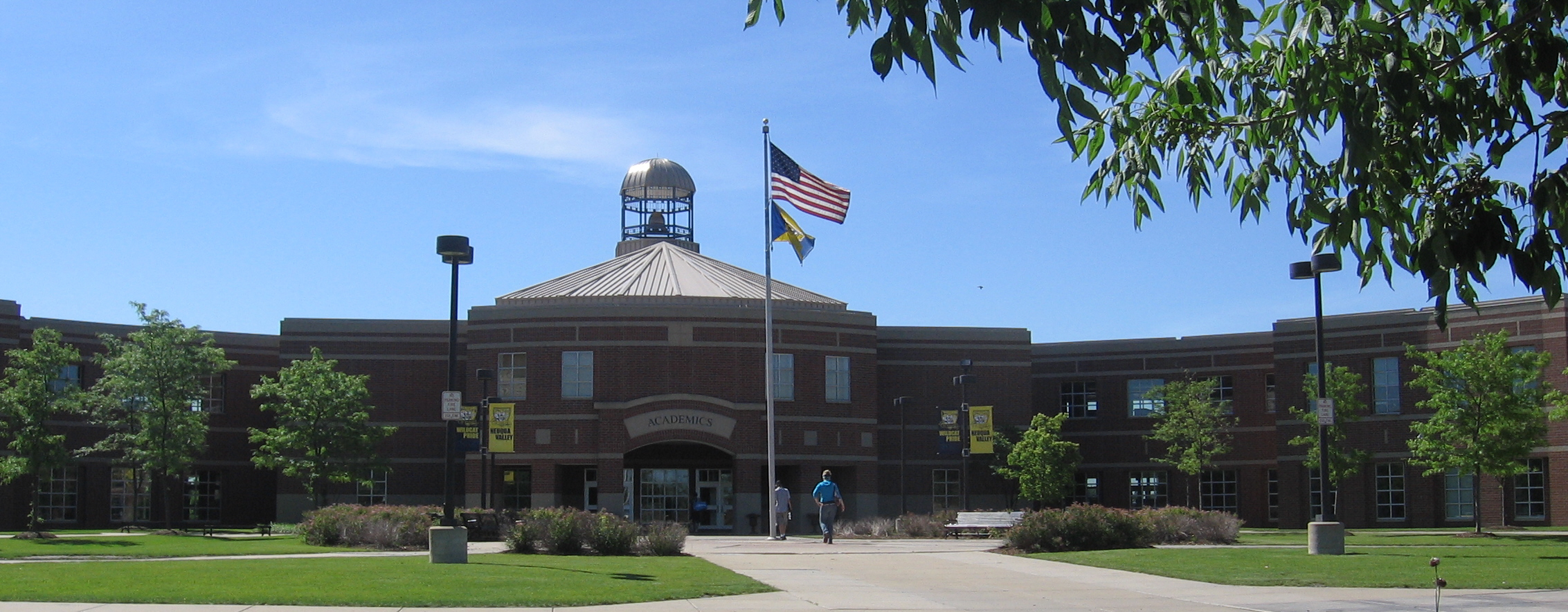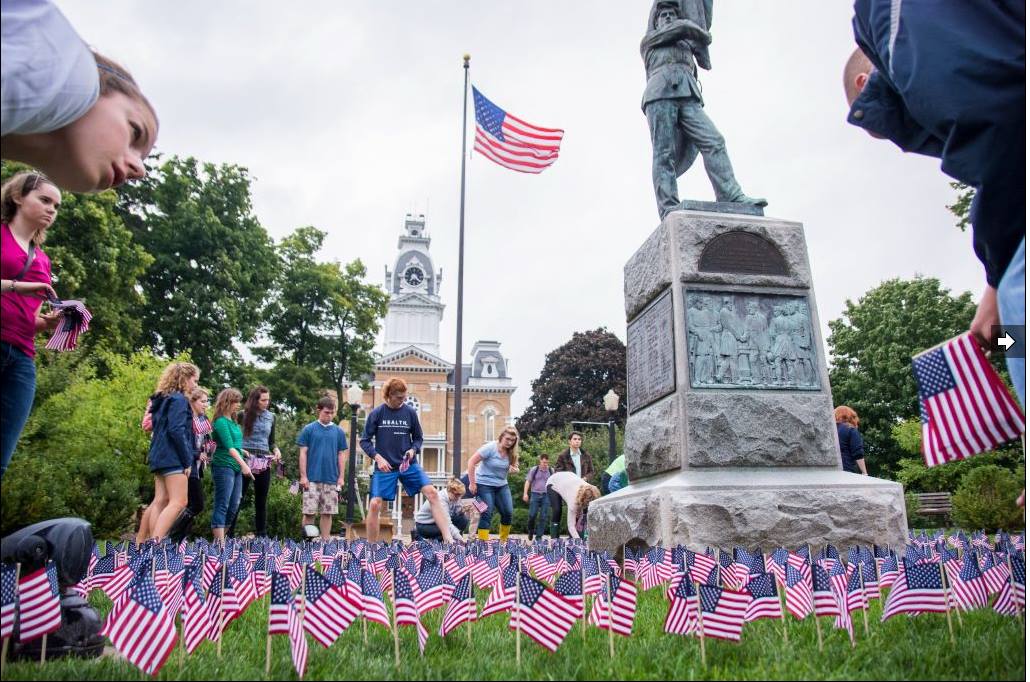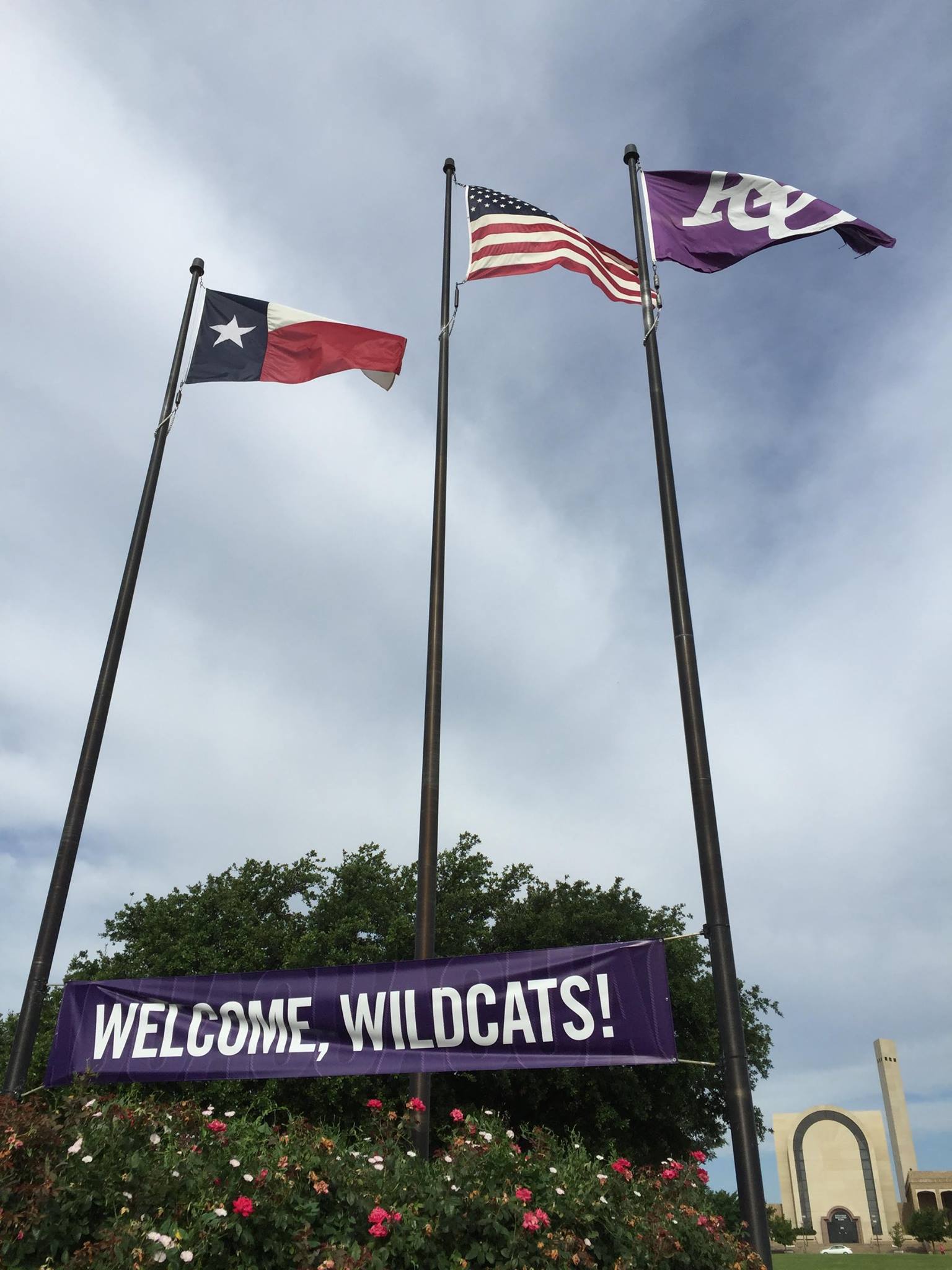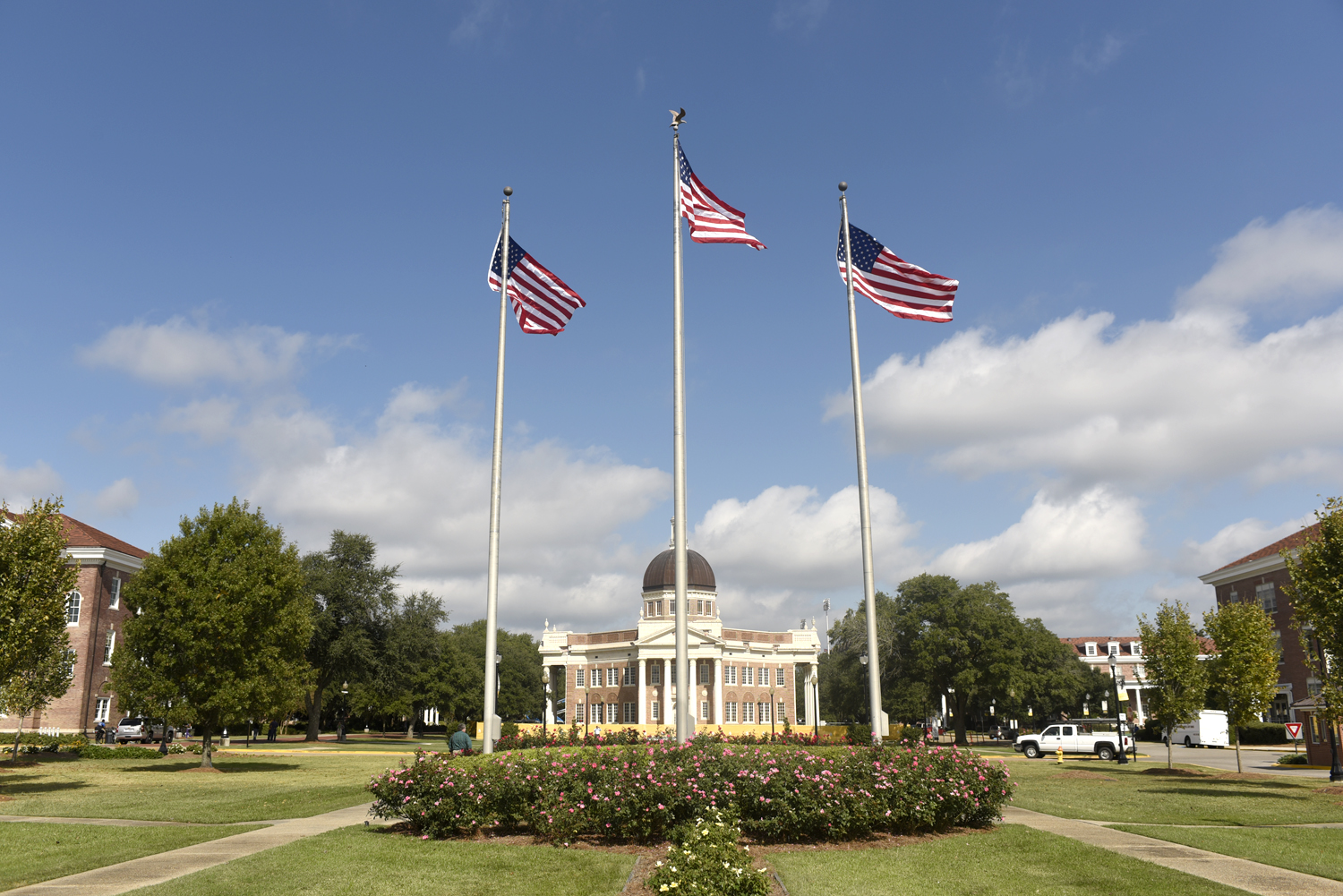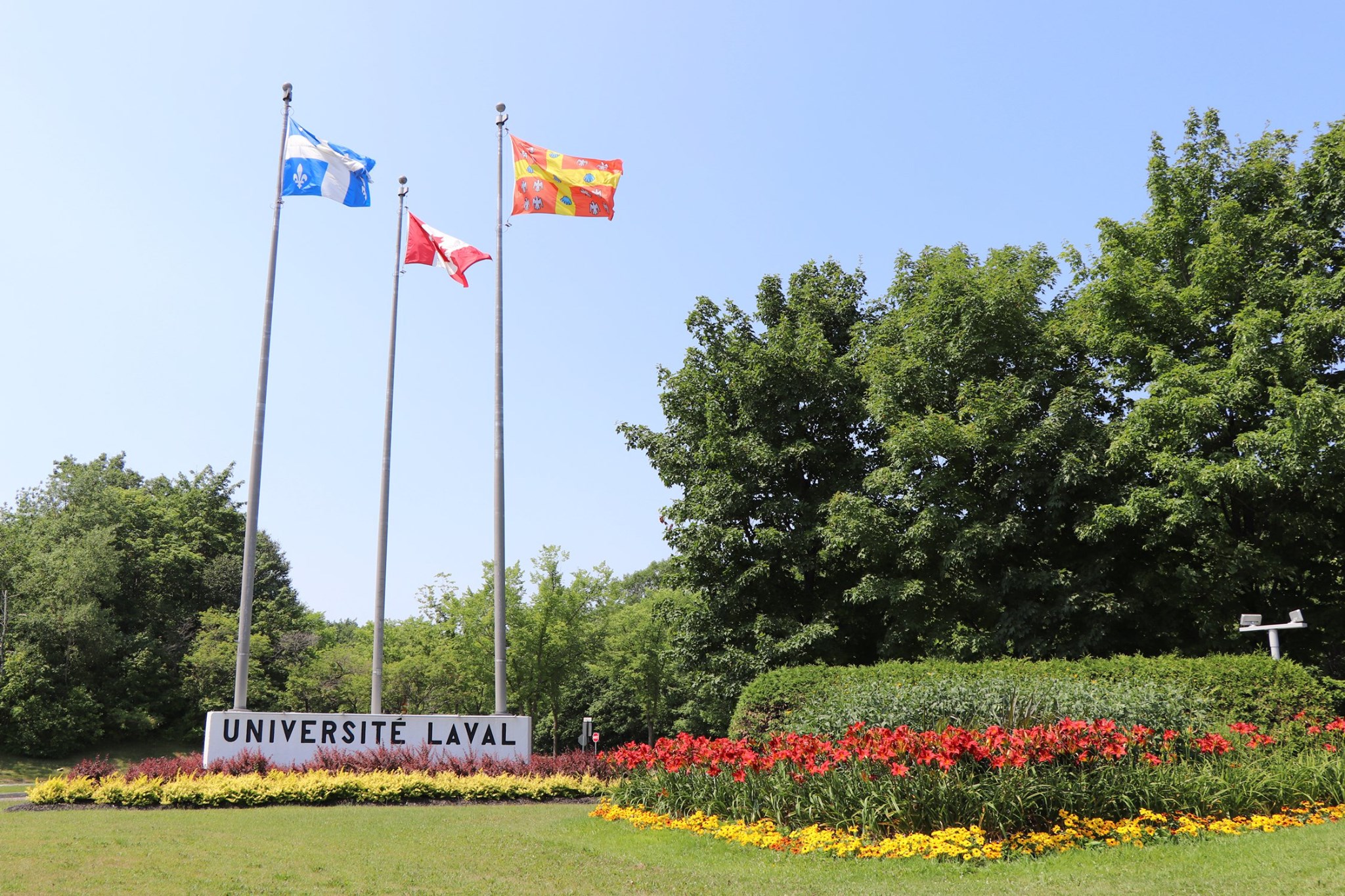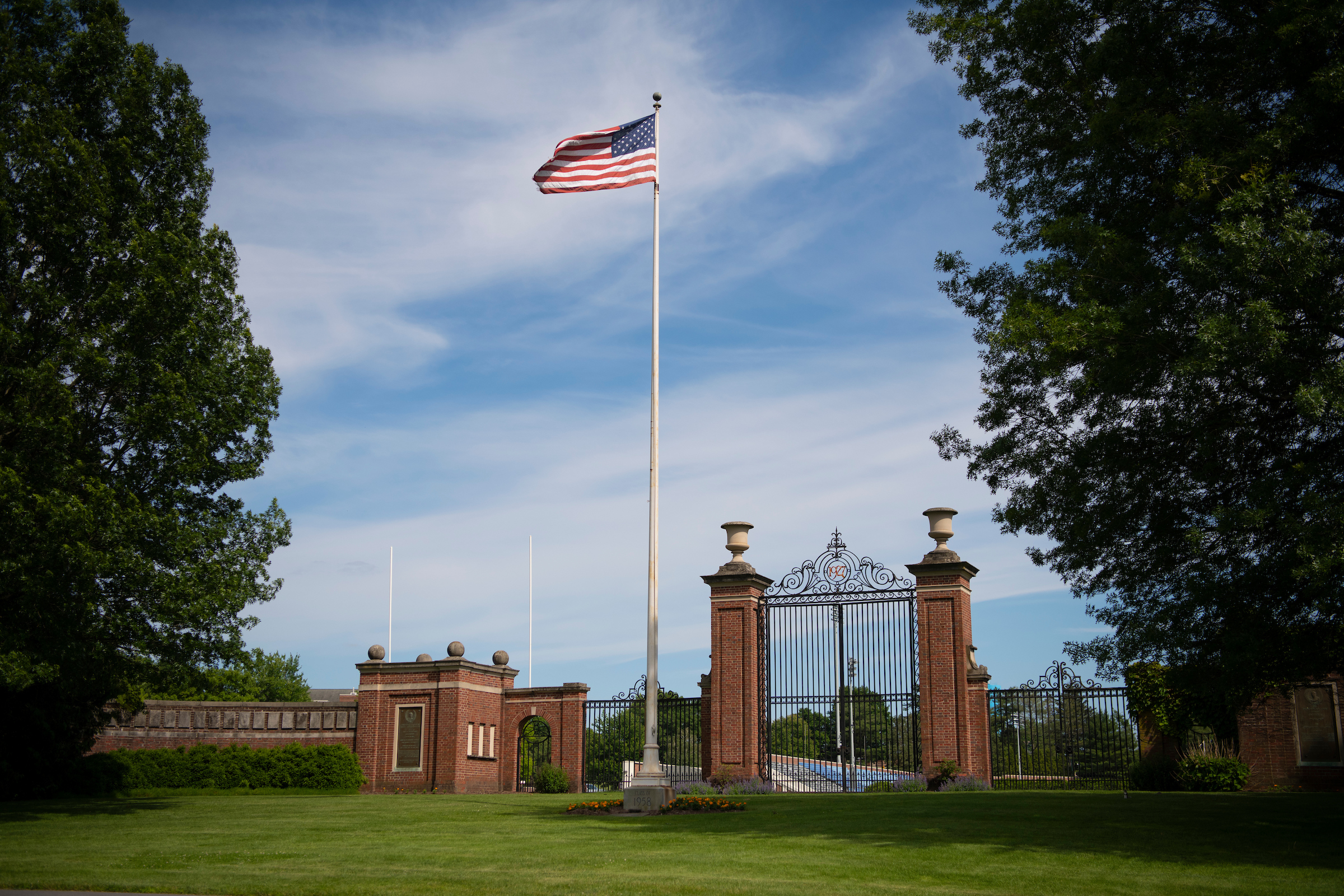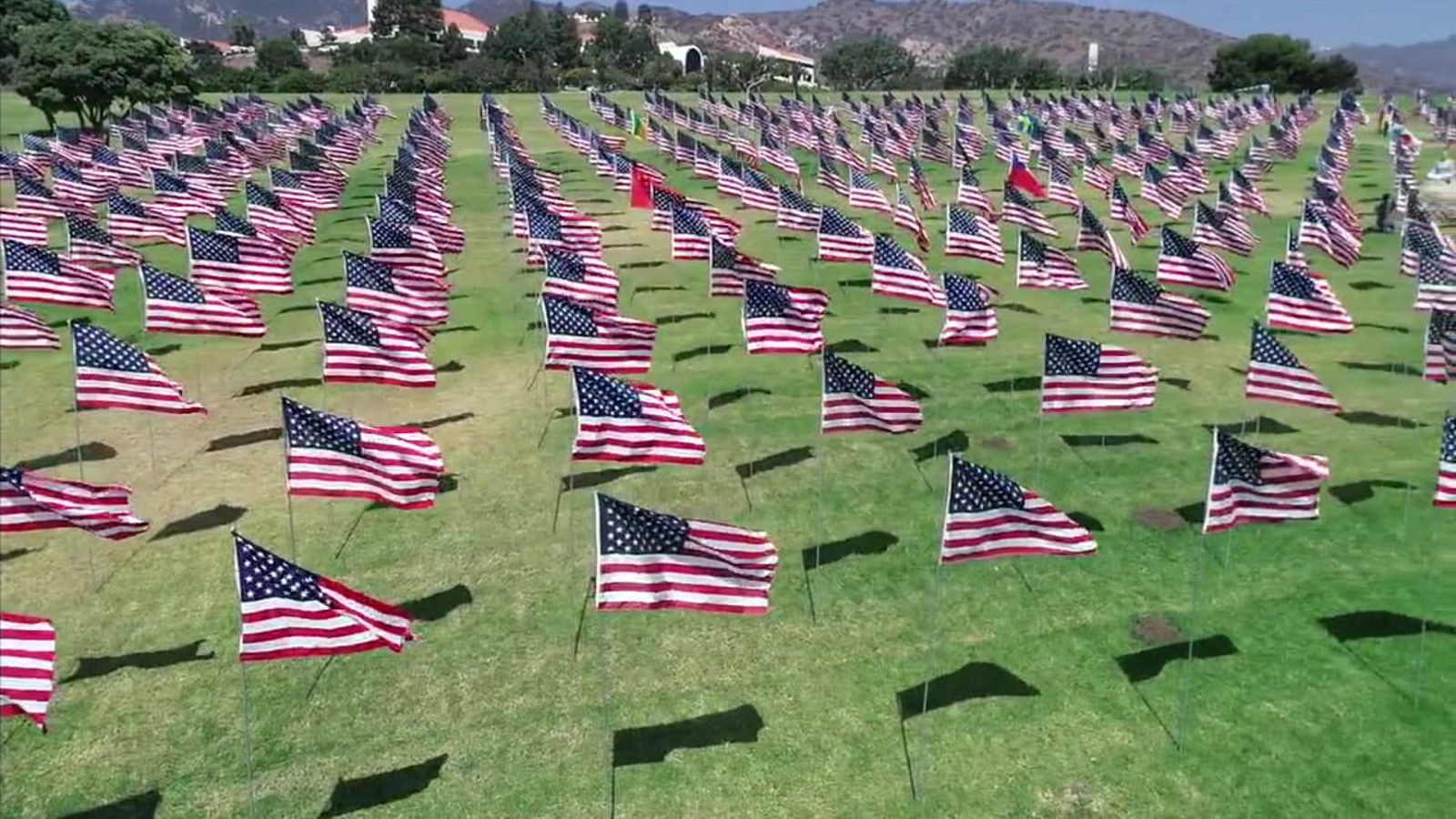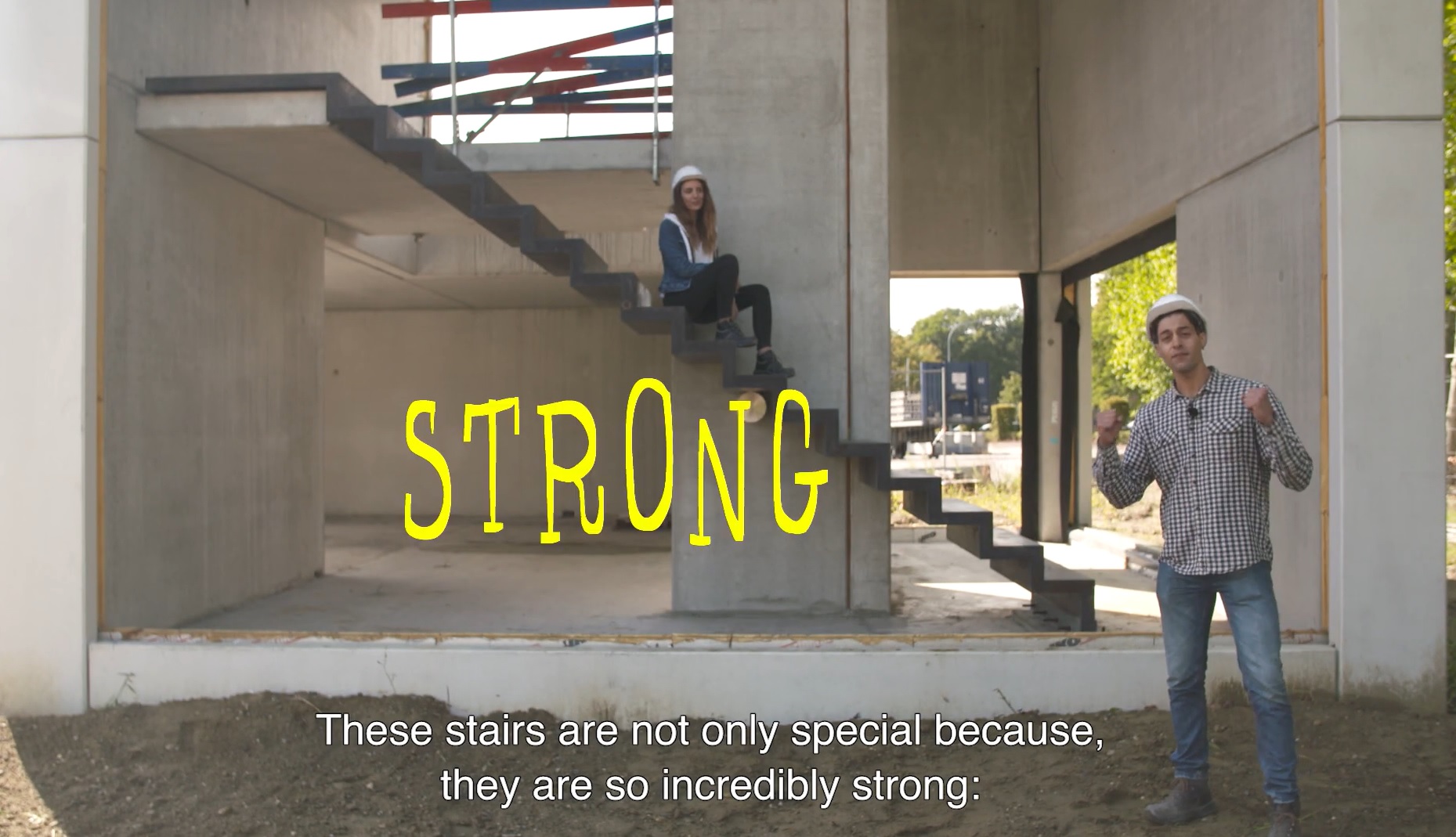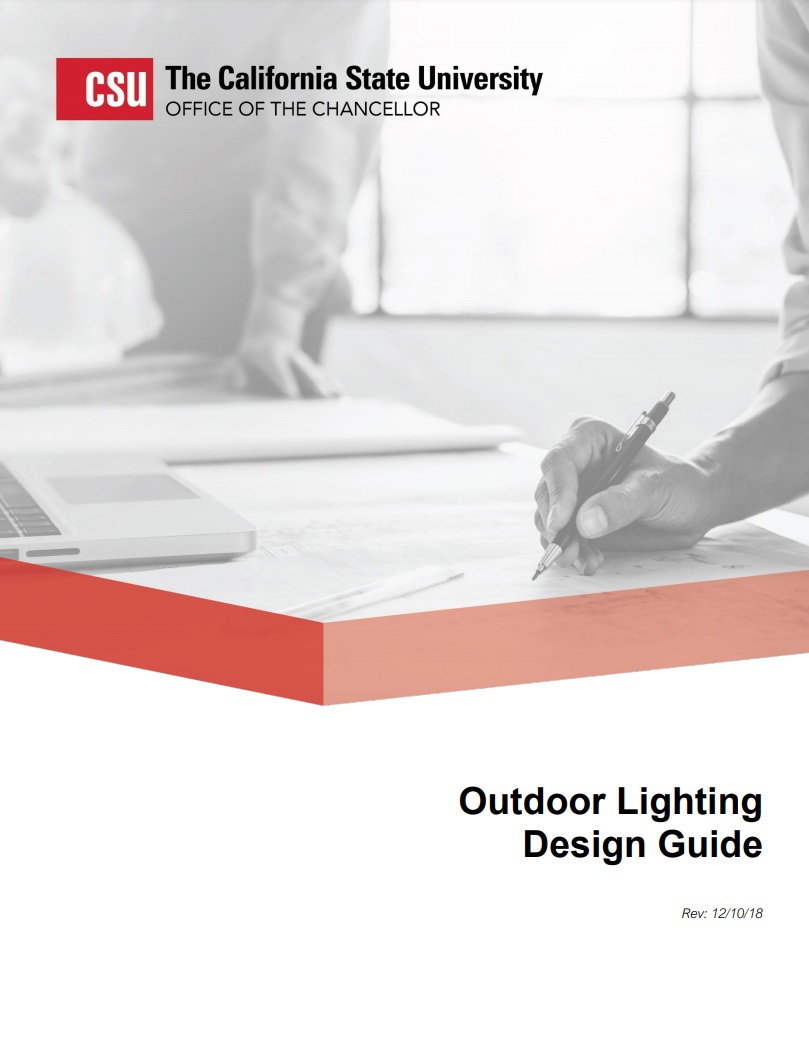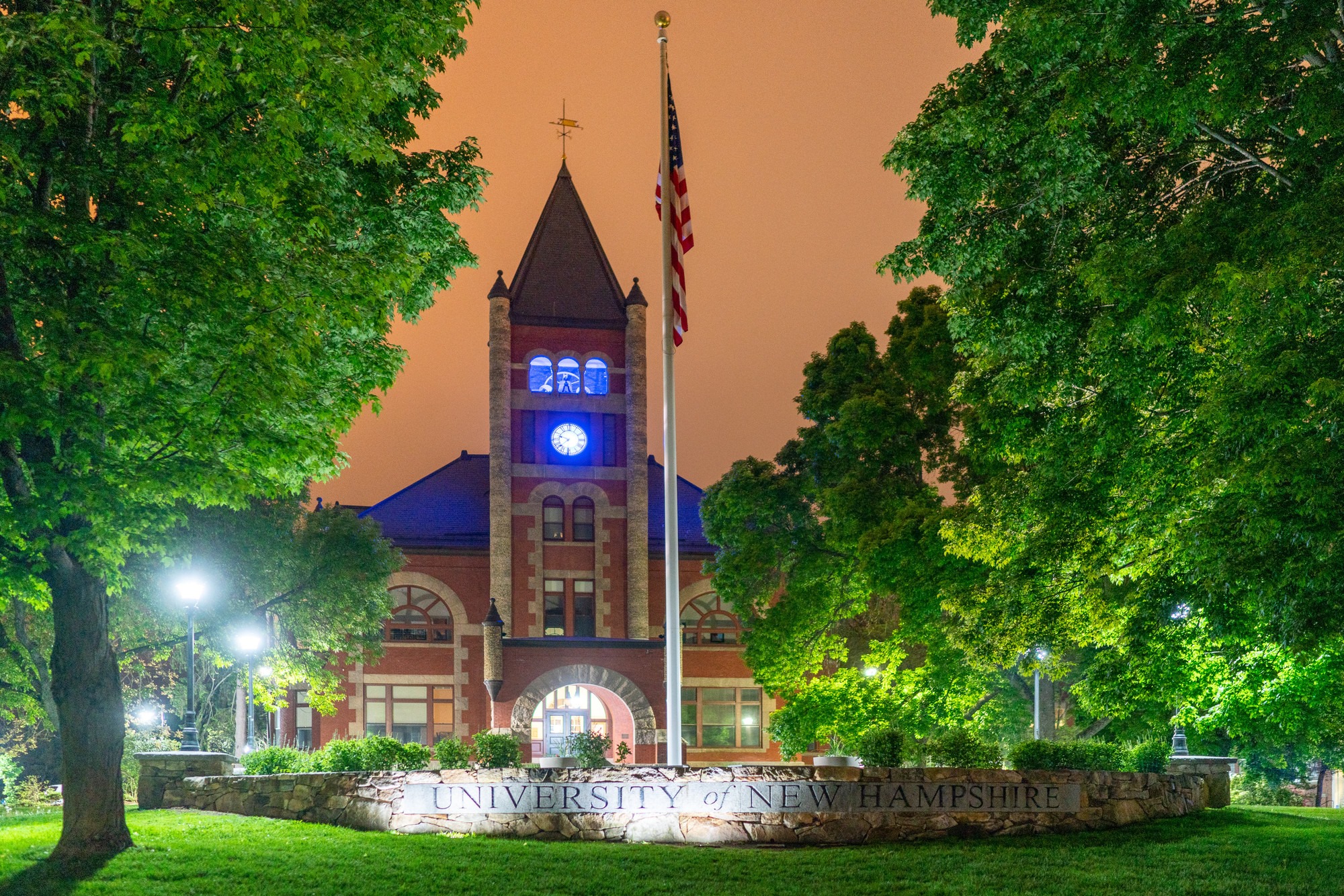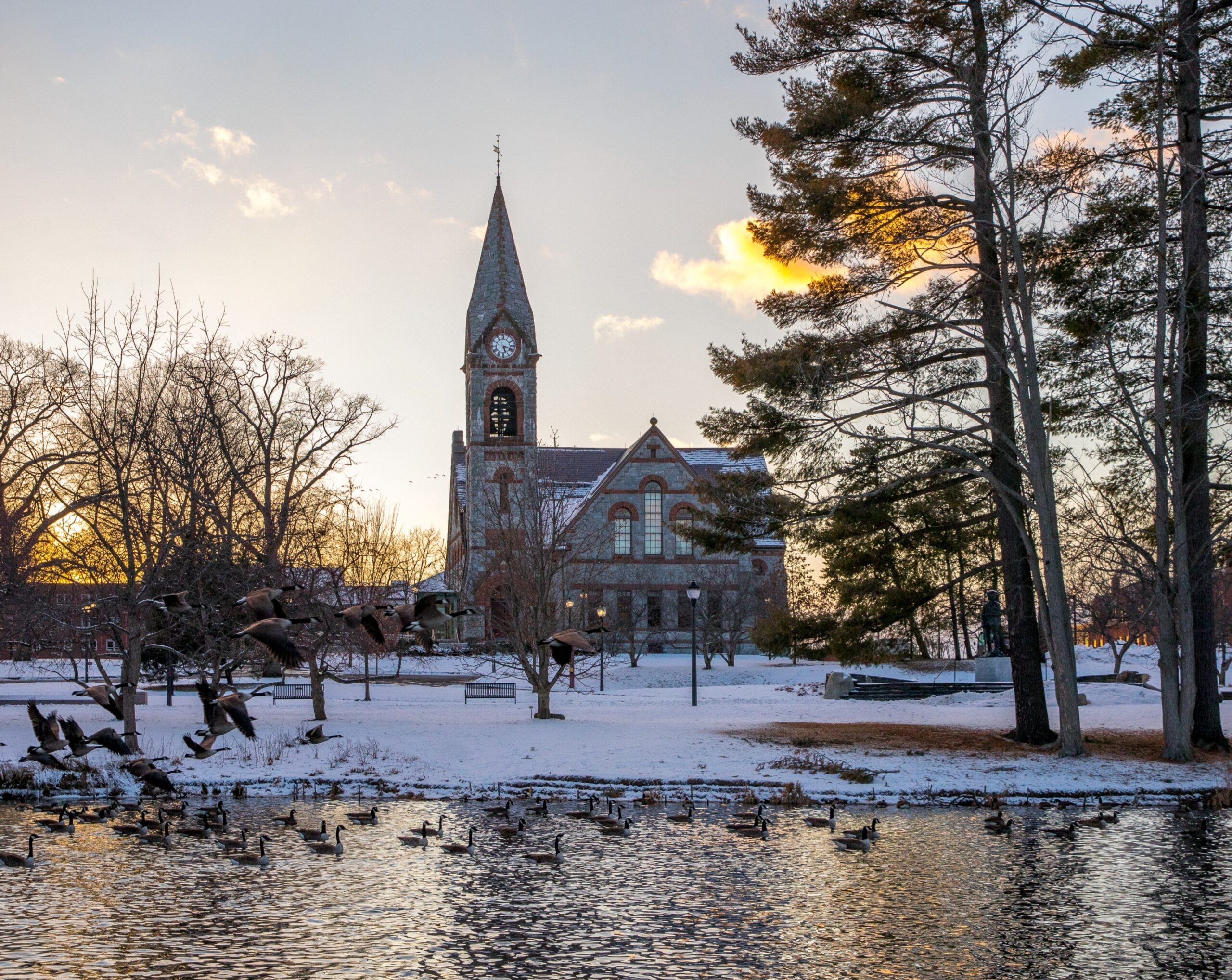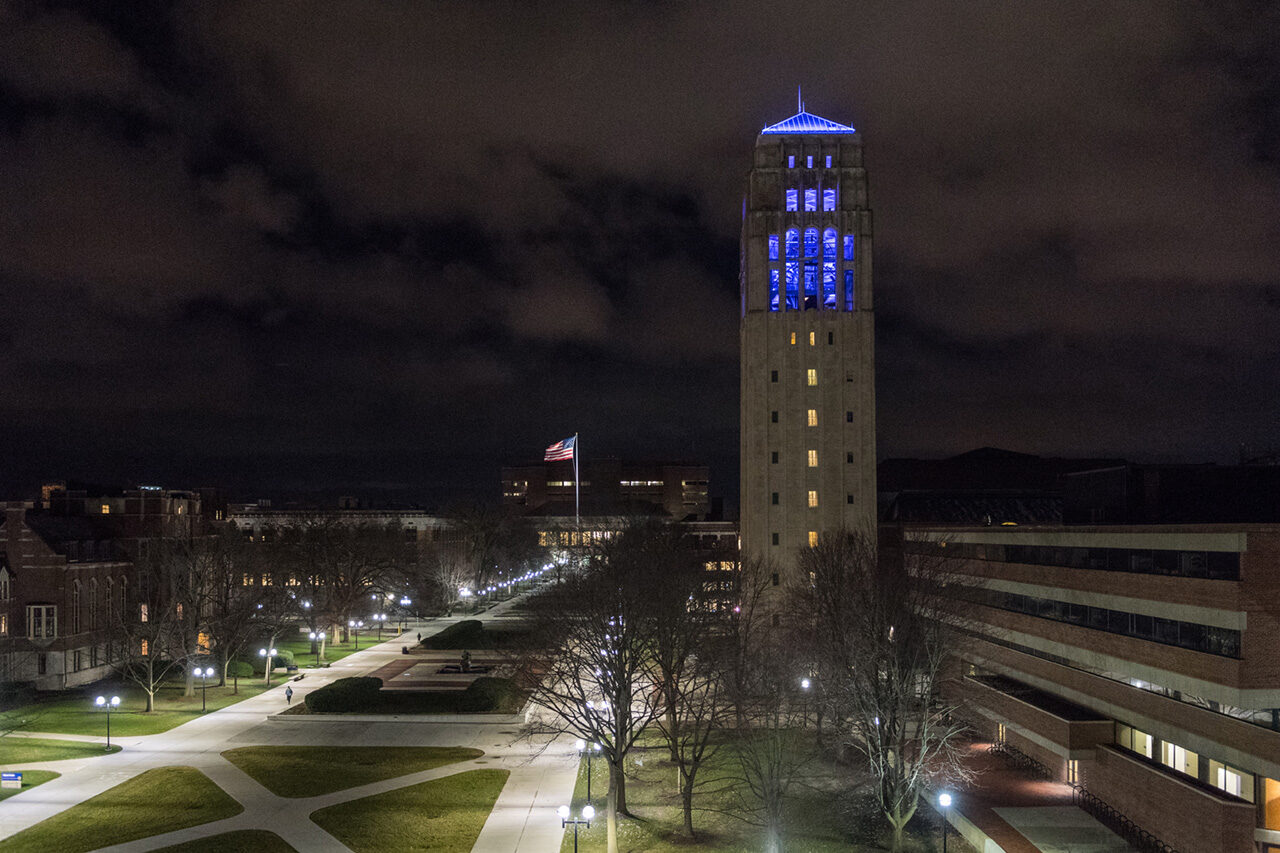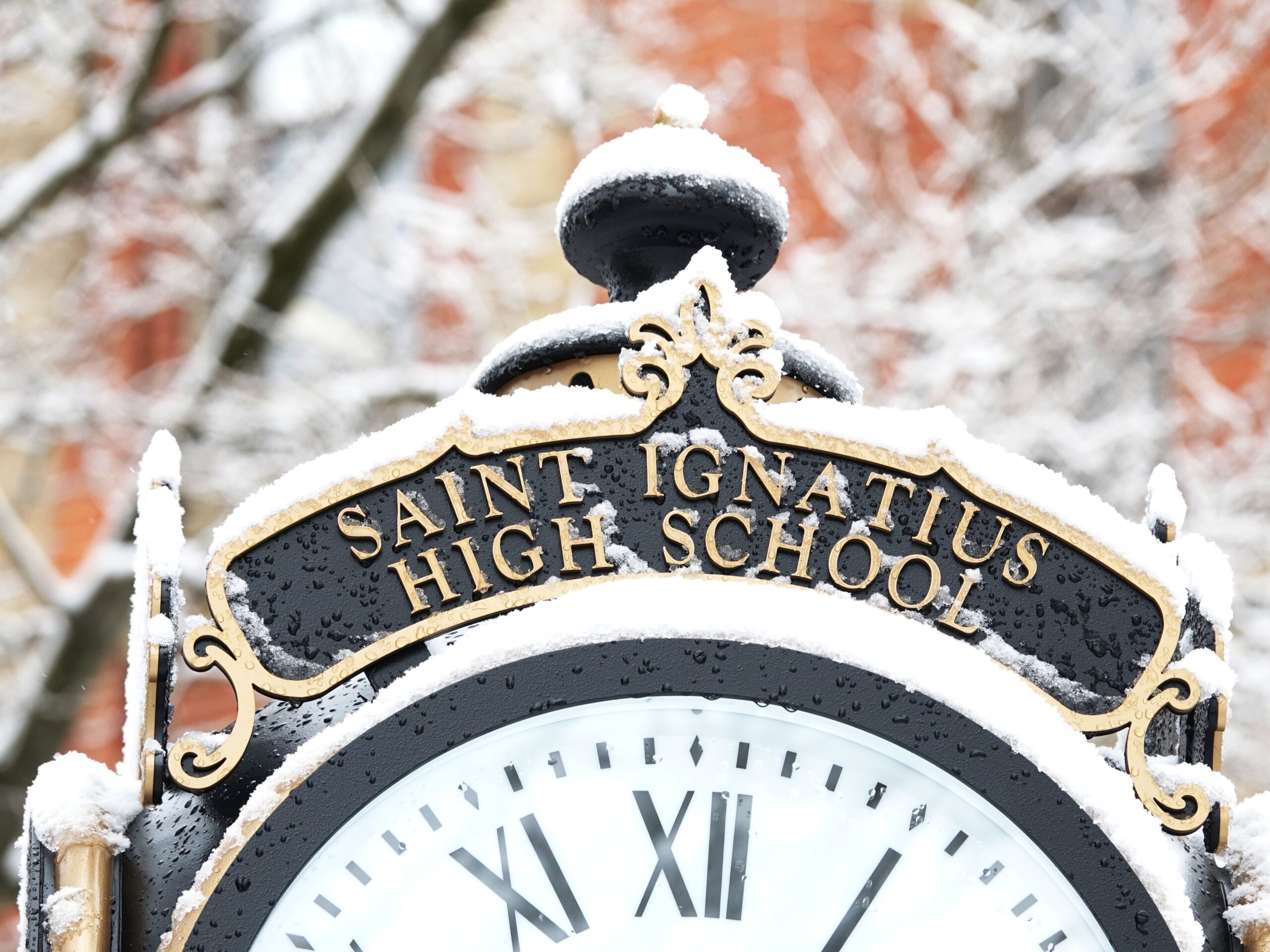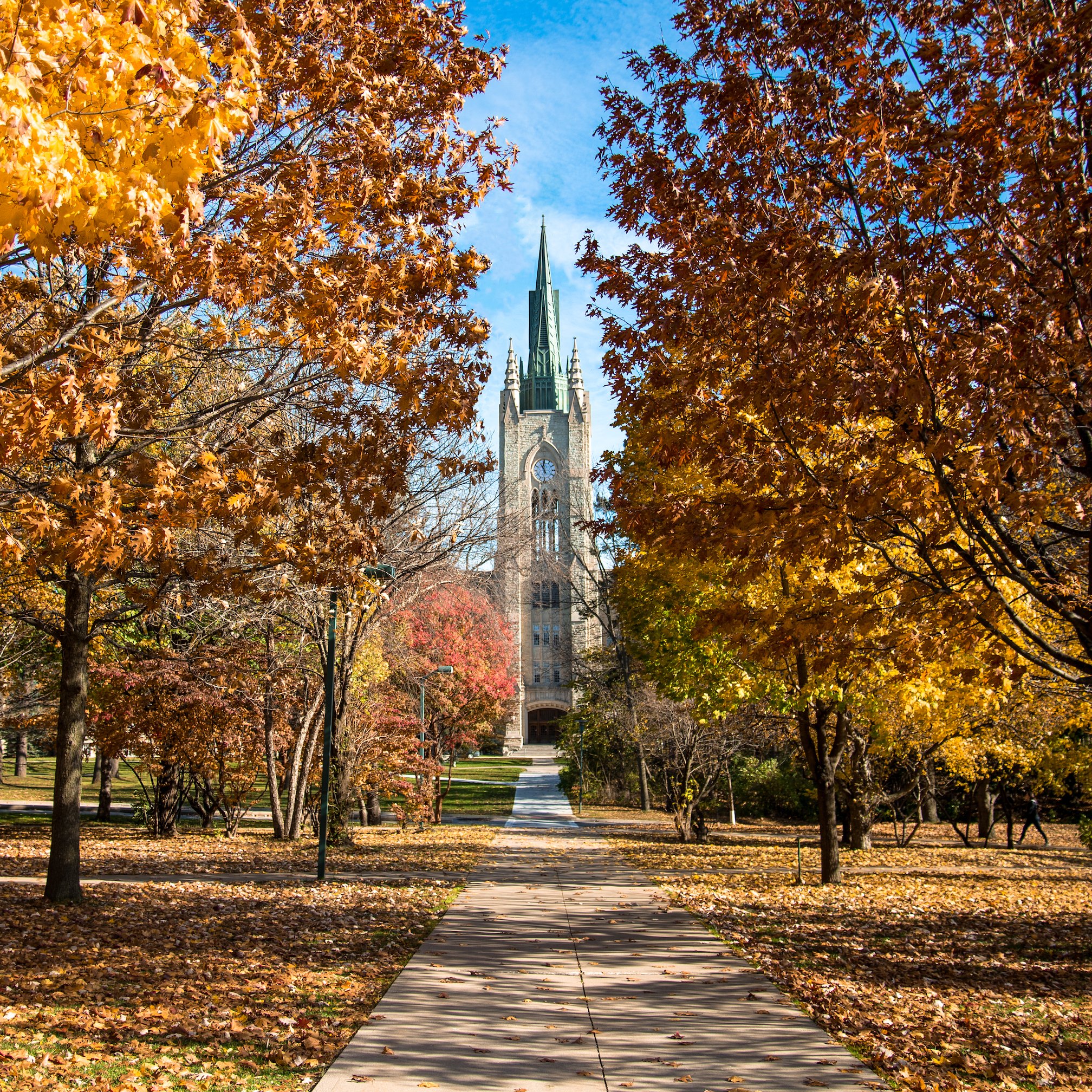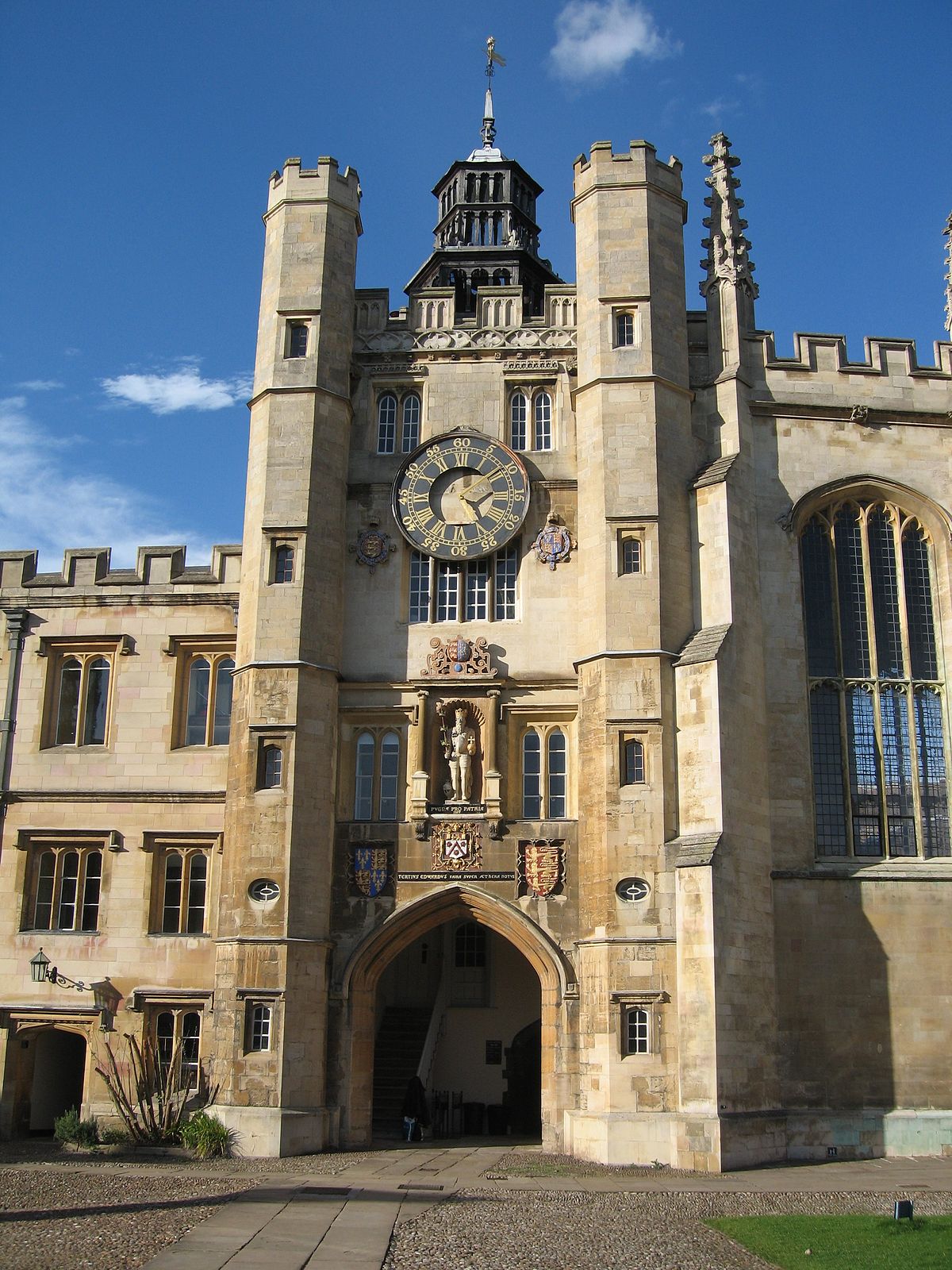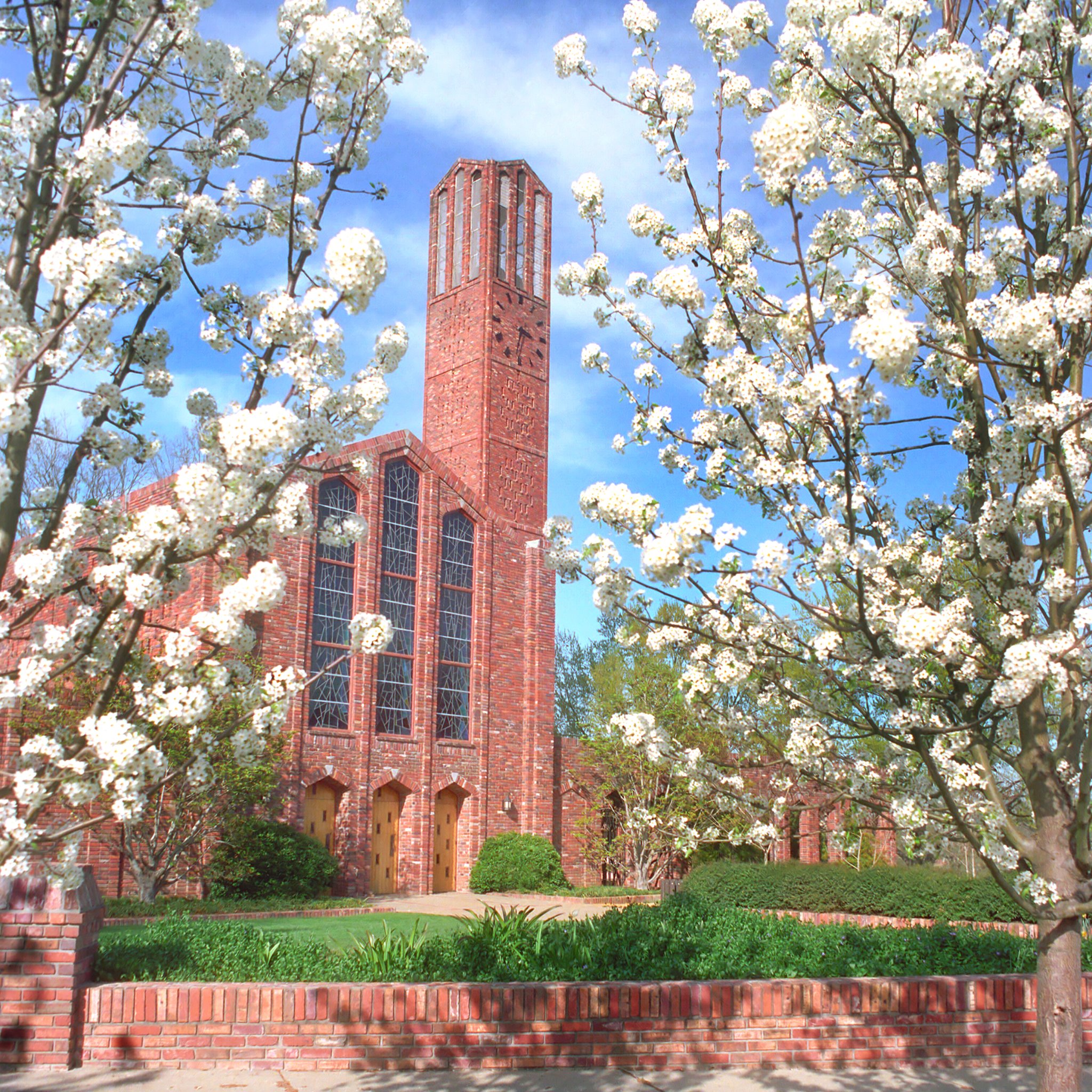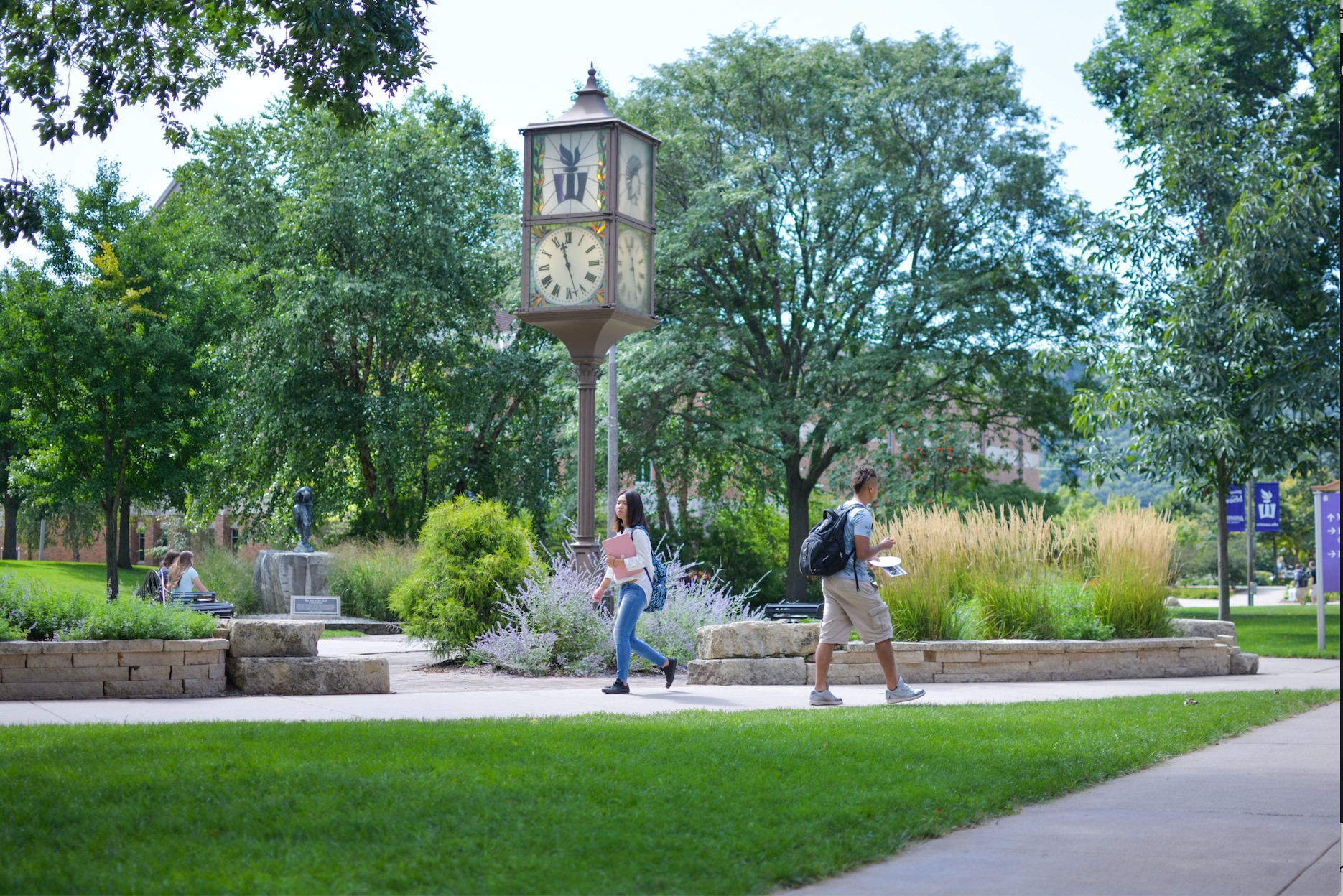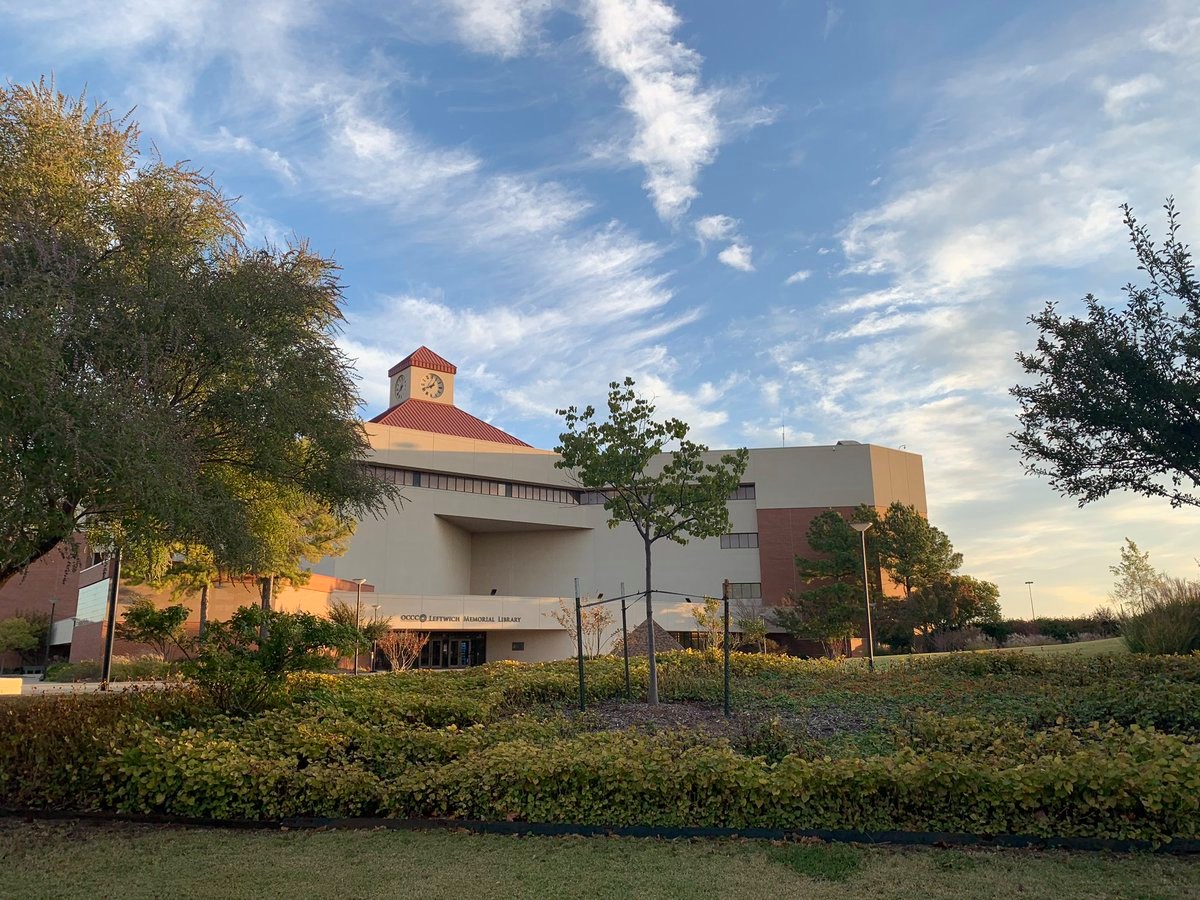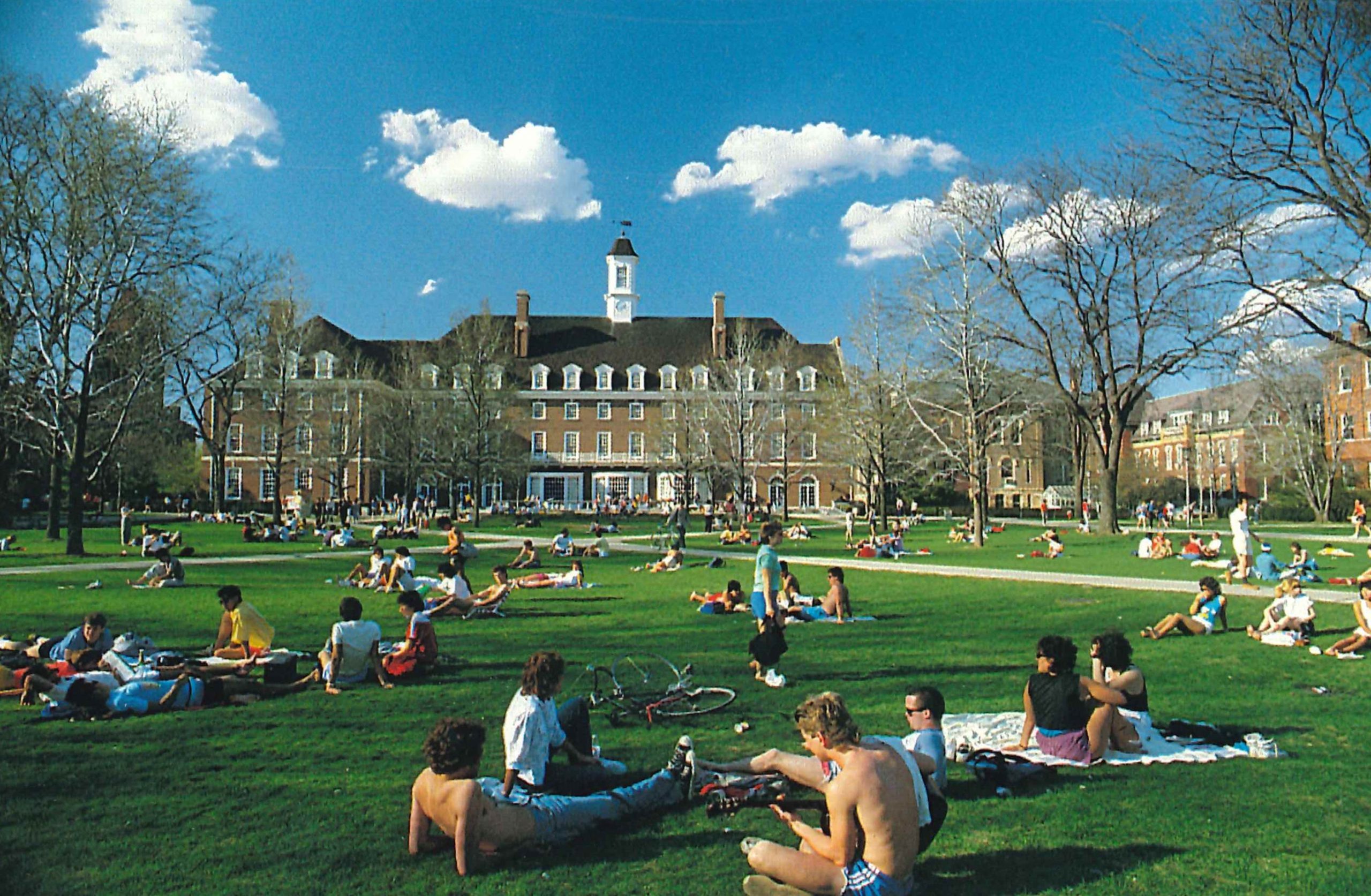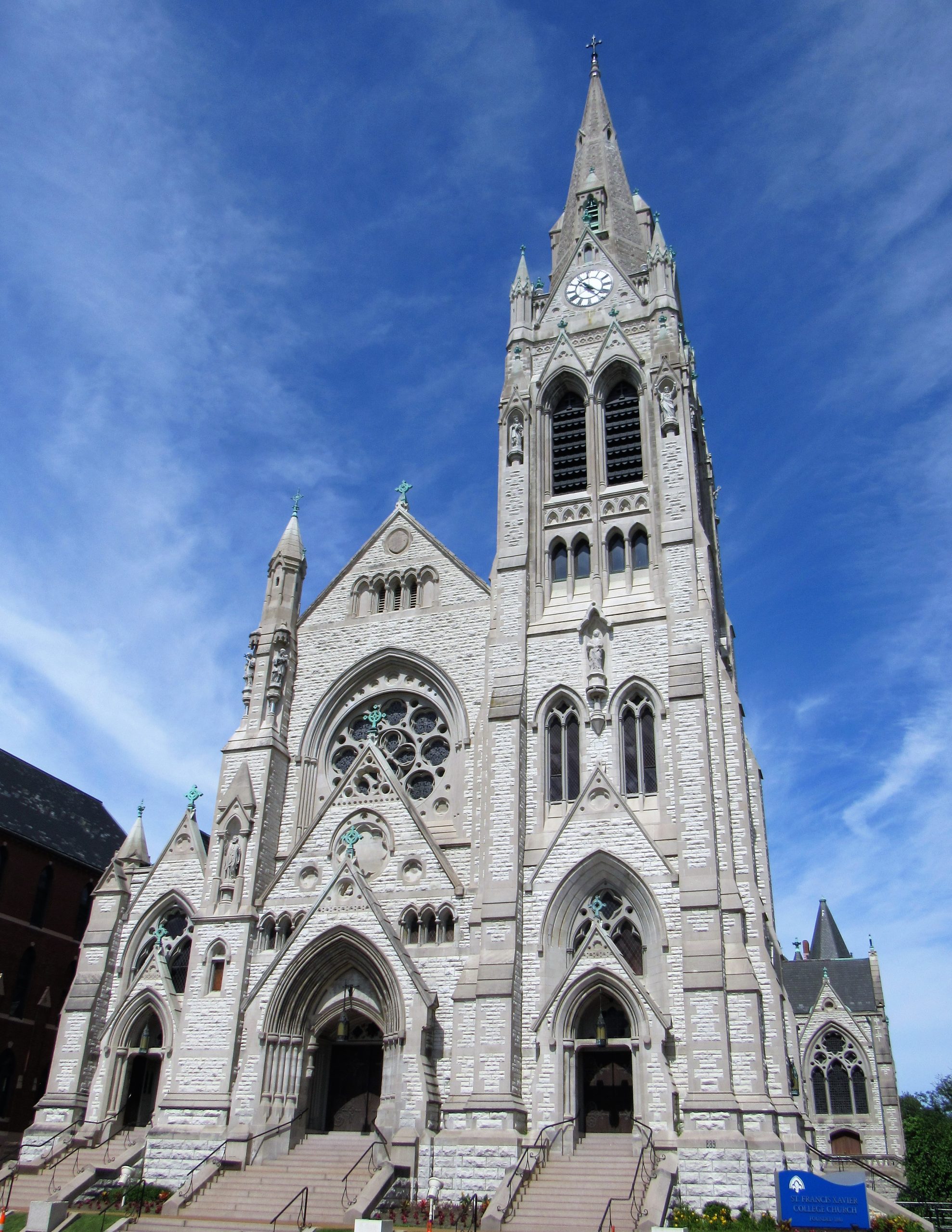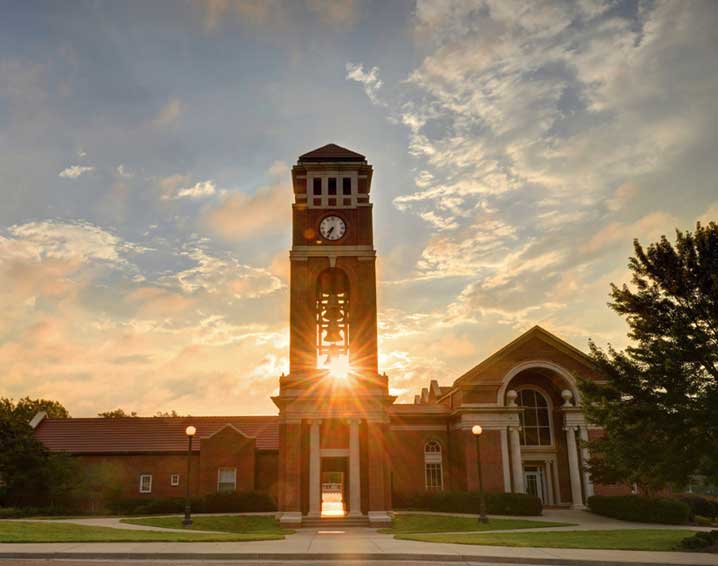Tag Archives: November
- Home
- Posts tagged "November" (Page 4)

Date & Time: Representations For Information Interchange
Most nations follow the day/month/year format (07/01/19 for January 7, 2019, for example), but the United States adheres to its own format of month/day/year (1/7/19 or 1/7/2019). The potential for misinterpreting dates across national boundaries is the logic for ISO 8601:2019 – Data Elements And Interchange Formats – Information Interchange – Representation Of Dates And Times, the ISO format for dates represents year, month, and day from the largest unit to the smallest, most specific unit of time. The ISO date format is the date format used in SQL and is the default date setting on many computers.
ISO 8601-1:2019 Date And Time – Representations For Information Interchange – Part 1: Basic Rules
More
How the ISO Date Format Tells Today
Date and time formats used in HTML
Gallery: School Bond Referenda
In terms of total spend, the US elementary and secondary school industry is about twice the size of the higher education industry according to IBISWorld. About $100 billion is in play every year for both (which we cover during our Ædificare colloquia); with higher education spending only half of what elementary and secondary school systems spend on facilities.
Note that some districts are including construction for faculty housing.
Our focus remains on applying global standard to create educational settlements that are safer, simpler, lower-cost and longer-lasting — not on the hurly-burly of local school bond elections. We recommend consulting the coverage in American School & University for more detailed and more timely information.
Flags
A flag stands for a set of principles; the reach for the ideals of a civilization–
not for the lapses of adherence to them.
Flag Day in the United States, observed on June 14th, commemorates the adoption of the American flag by the Second Continental Congress in 1777. It’s a day to honor the symbol of the nation’s unity, freedom, and democracy. The flag represents the ideals and principles upon which the country was founded, including liberty, justice, and equality.
On Flag Day, Americans typically display the flag at their homes and businesses, participate in patriotic ceremonies, and reflect on the significance of the flag in American history and culture. It’s also a time to remember the sacrifices made by those who have served and continue to serve in defense of the nation. Flag Day serves as a reminder of the values that bind Americans together as one nation, under the banner of the stars and stripes.
There are no rigorous standard heights for flagpoles displaying the American flag in educational settlements but there are general guidelines and recommendations.
Commercial Use: In commercial settings, flagpoles can vary widely depending on the size of the building and the surrounding landscape. They can range from 20 feet for smaller businesses to over 100 feet for large corporate buildings.
Government Buildings: Flagpoles at government buildings or public spaces often range from 30 to 60 feet or more, depending on the size and prominence of the building.
Proportions: A general guideline for the American flag is that the length of the flag should be about one-quarter to one-third the height of the flagpole.
Regulations: Some local ordinances or homeowner associations may have specific guidelines regarding flagpole height, so it’s a good idea to check local regulations before installing one.
Ultimately, the height of a flagpole for the American flag depends on the context and purpose of display, as well as practical considerations such as the size of the flag itself and local regulations.
It’s a perfect day for school in @DGDistrict58! Such a fun morning visiting with the Lester students, staff, and families. It’s great to be in 58! #dg58pride pic.twitter.com/bwHlROpbMw
— Dr. Kevin B. Russell (@drkevinbrussell) August 30, 2023
NB: “The flag stands for a set of principles, not the lack of adherence to them.” ― Craig D. Lounsbrough. We are not sure about this source; nor the author. We have adapted the sentiment for our home page excerpt.
Krían í vanda
UNESCO mun mæla með námskeiði í umhverfis- og auðlindafræði við Háskóla Íslands um hafið og sjálfbærni í tengslum við Áratug hafsins á vegum stofnunarinnar.
👇https://t.co/SgFdRNVgxT pic.twitter.com/WZXTH5YMDZ— Háskóli Íslands (@Haskoli_Islands) October 23, 2024
🧸🩹Fyrir um 14 árum kom Guðrún Edda Min Harðardóttir með bangsann sinn til skoðunar á Bangsaspítala læknanema í HÍ. Nú um helgina var hún hinum megin við borðið og hlúði að fársjúkum böngsum og dúkkum á spítalanum sem fyrsta árs læknanemi.https://t.co/wZLPthMi2K pic.twitter.com/aYl1YrE1pb
— Háskóli Íslands (@Haskoli_Islands) September 16, 2024
Horologiorum
University of New Hampshire
Good luck to all those helping to move their student in to UoB accommodation this weekend! It will be a busy time with lots of students moving in, but there will be lots of support on the day, so just ask!
There’s also lots to do on campus too so come along & have a wander around pic.twitter.com/xZHG3RA2z4— Uni of Birmingham (@unibirmingham) September 21, 2024
'Twas the night before the start of the fall semester. ⏰ pic.twitter.com/JZkLHr8xxQ
— Alumni Association of the University of Michigan (@michiganalumni) August 28, 2023
Niner Nation is behind you, @UNC. Together, we are all one Carolina. pic.twitter.com/0wlCj72Lh6
— UNC Charlotte (@unccharlotte) August 29, 2023
Bucknell University Pennsylvania![]()
More
National Institute of Science & Technology: Time and Frequency
National Institute of Science & Technology: Current Reliability of the WWVB Time Code
Tyme
“Tyme” was used in Middle English and earlier forms of the language, and it was commonly found in historical texts, poetry, and manuscripts of that time. It was used to refer to the passage of time, an era, or a specific moment in history.
Today at 16:00 UTC we refresh our understanding of the technical standards for the timing-systems that maintain the temporal framework for daily life in education communities. The campus clock continues as a monument of beauty and structure even though digitization of everything has rendered the central community clock redundant.
Most leading practice discovery (and innovation) is happening with the Network Time Protocols (NTP) that synchronize the time stamps of widely separated data centers. In operation since before 1985, NTP is one of the oldest Internet protocols in current use and underlies the Internet of Things build out. NTP is particularly important in maintaining accurate time stamps for safety system coordination and for time stamps on email log messages.
Use the login credentials at the upper right of our home page.
More
National Institute of Standards and Technology: What is Time?
Sapienza University of Rome: Clock Synchronization
National Fire Alarm and Signaling Code
Athletics
Map showing what states can actually drive in snow pic.twitter.com/qgKEhLtKbr
— Midwest vs. Everybody (@midwestern_ope) February 7, 2025
New update alert! The 2022 update to the Trademark Assignment Dataset is now available online. Find 1.29 million trademark assignments, involving 2.28 million unique trademark properties issued by the USPTO between March 1952 and January 2023: https://t.co/njrDAbSpwB pic.twitter.com/GkAXrHoQ9T
— USPTO (@uspto) July 13, 2023
Standards Michigan Group, LLC
2723 South State Street | Suite 150
Ann Arbor, MI 48104 USA
888-746-3670


